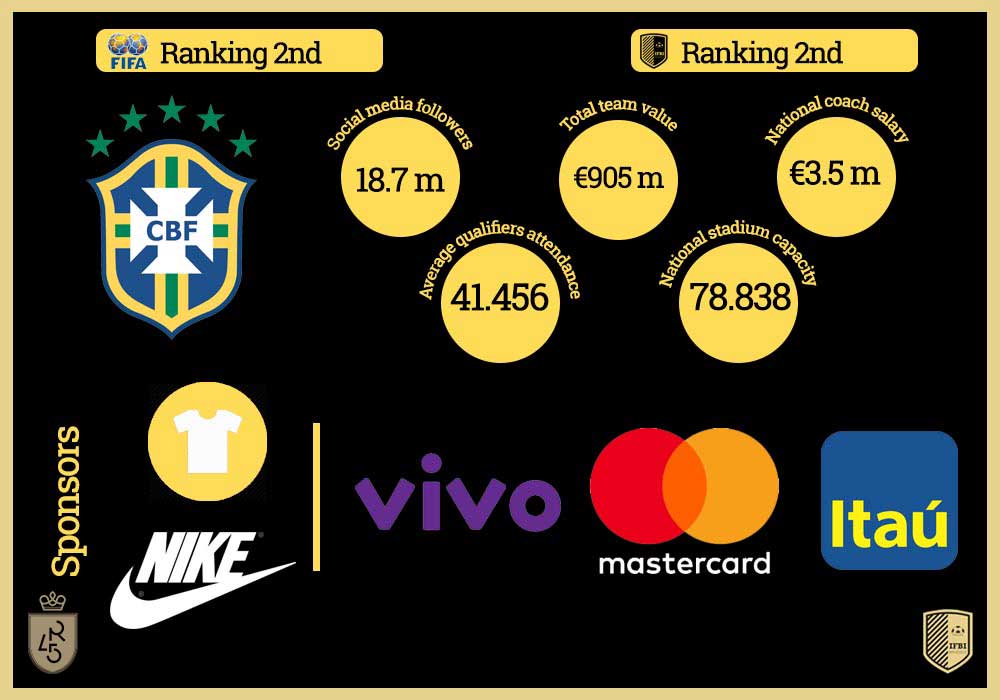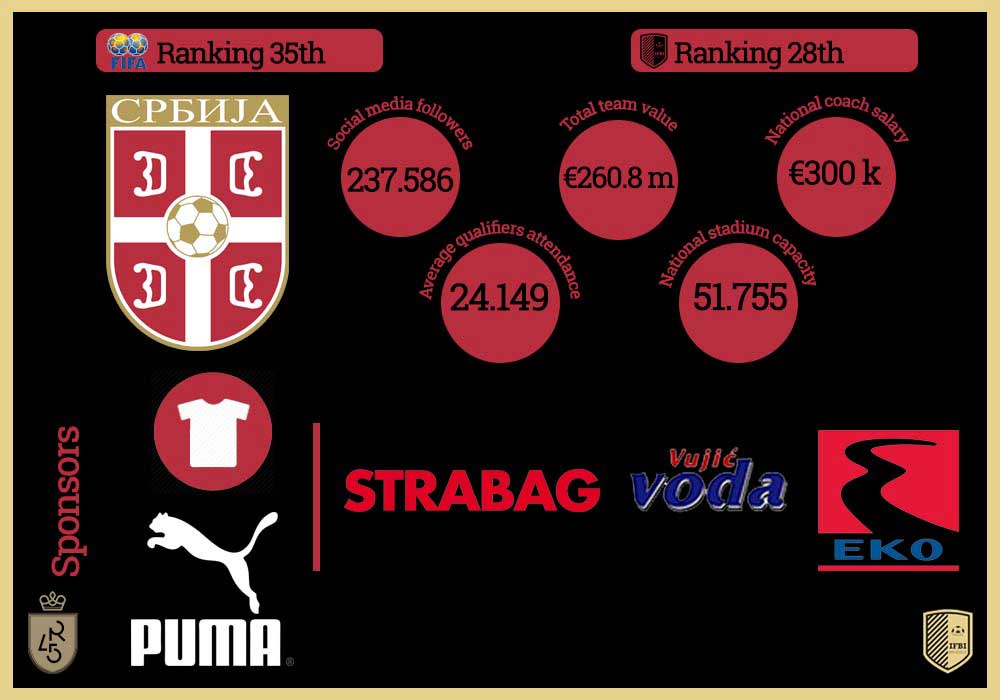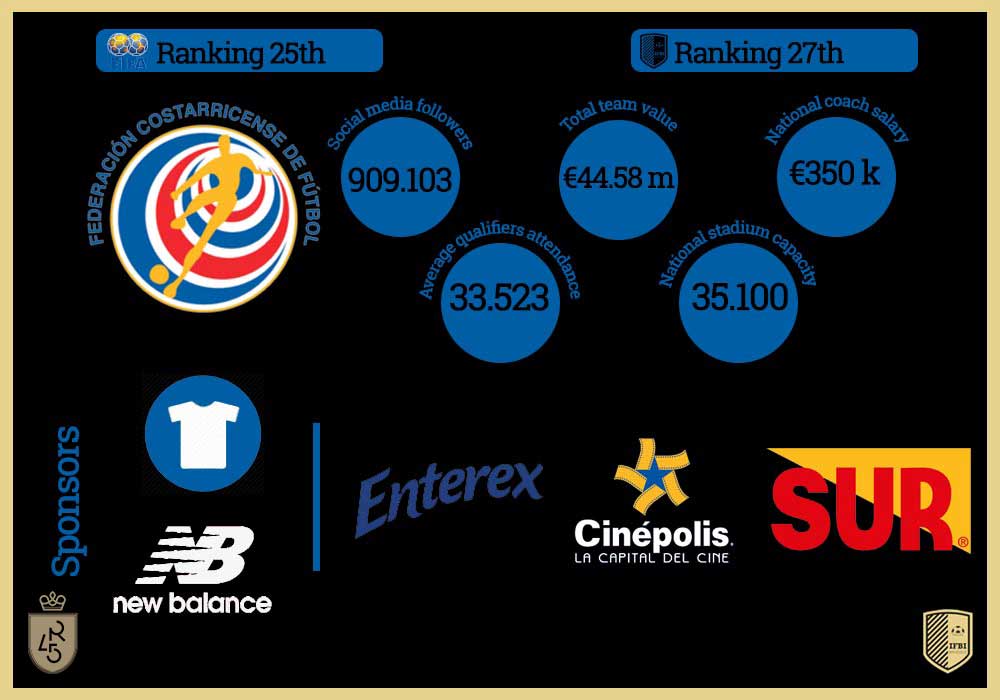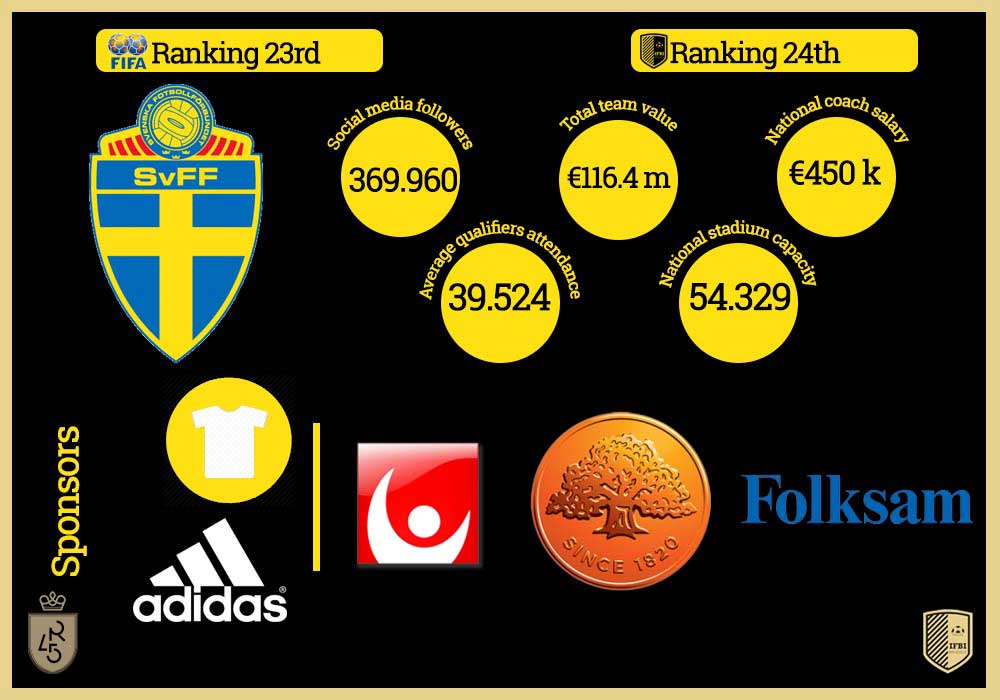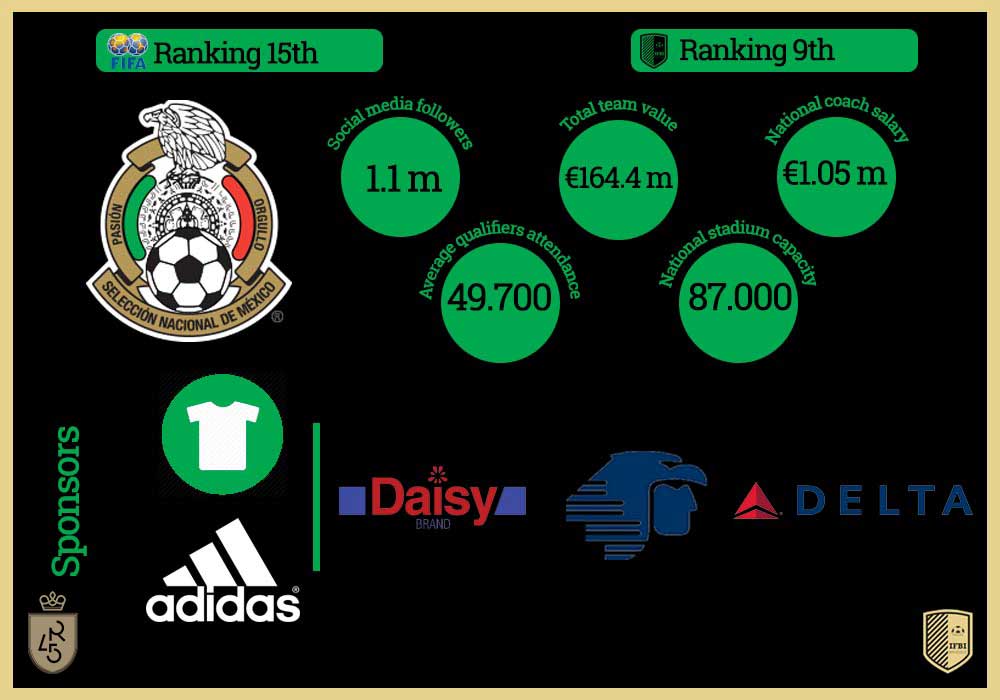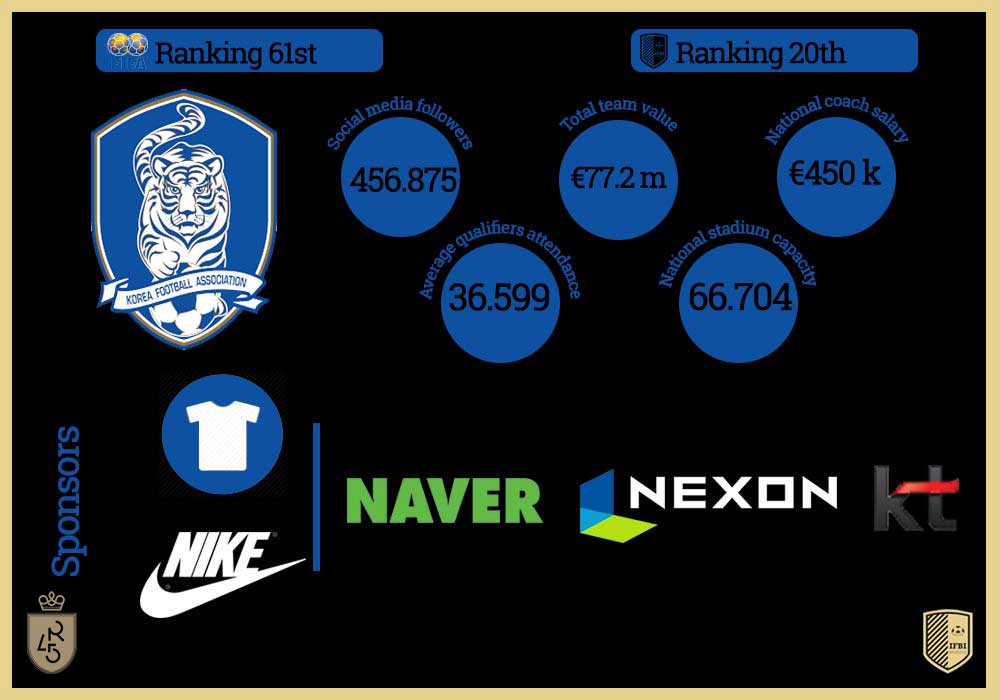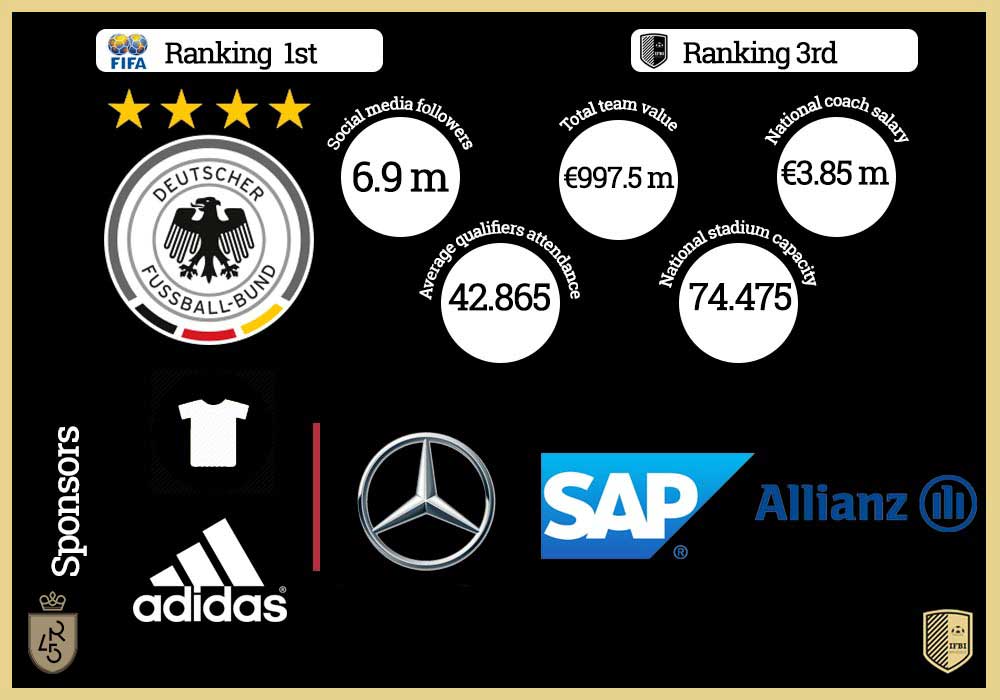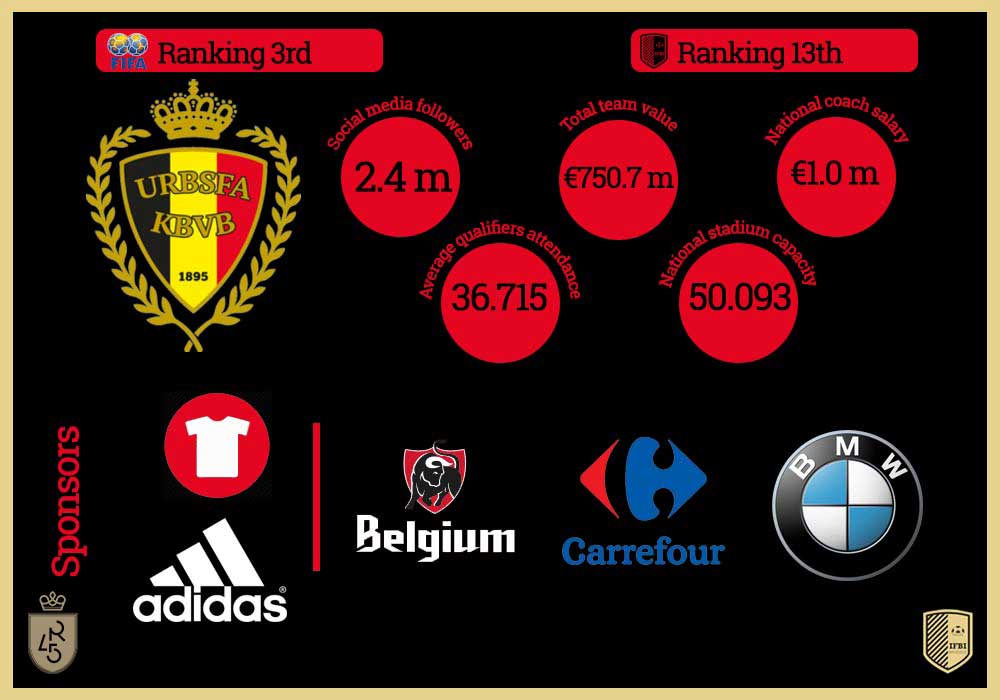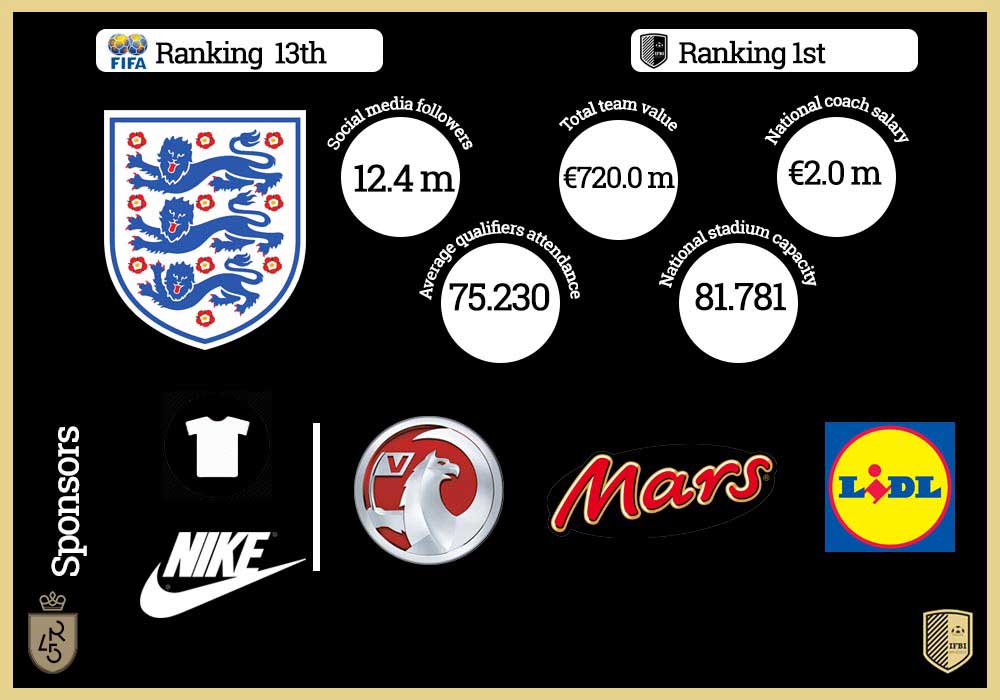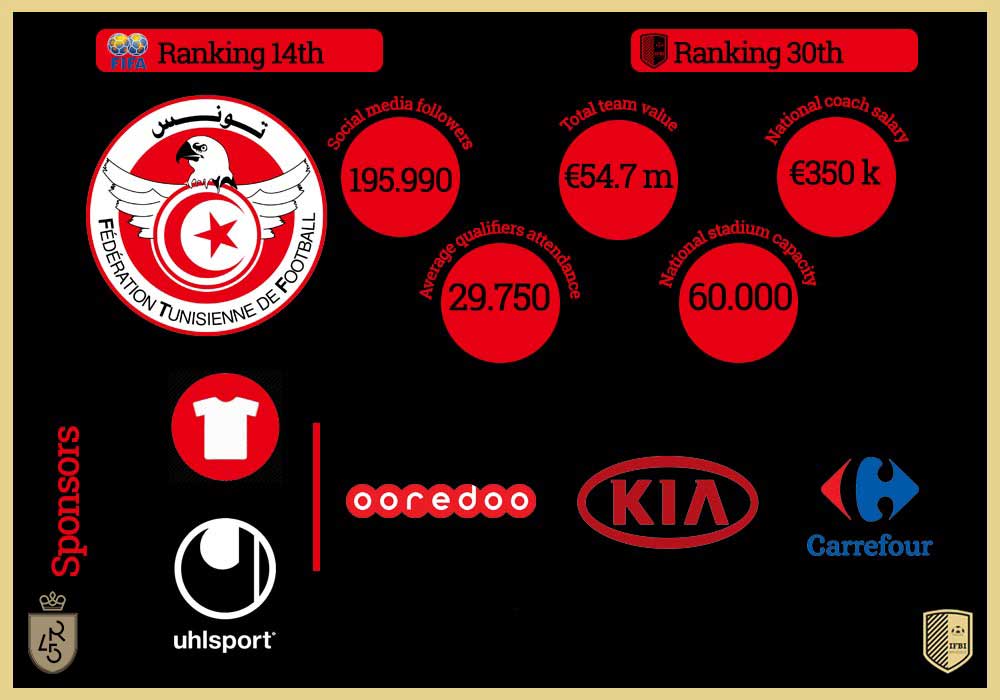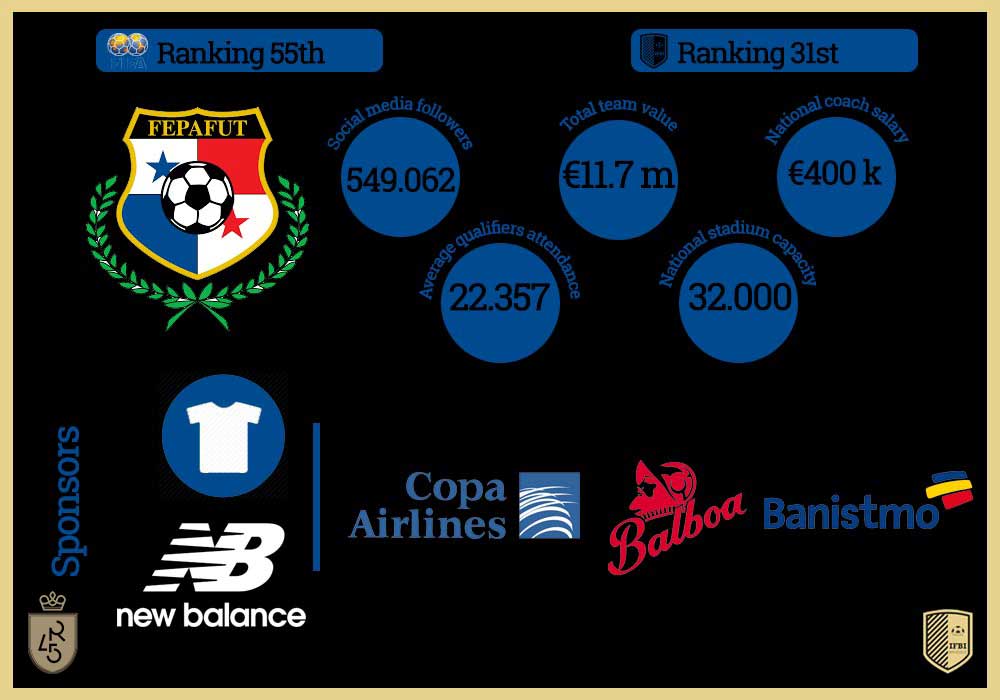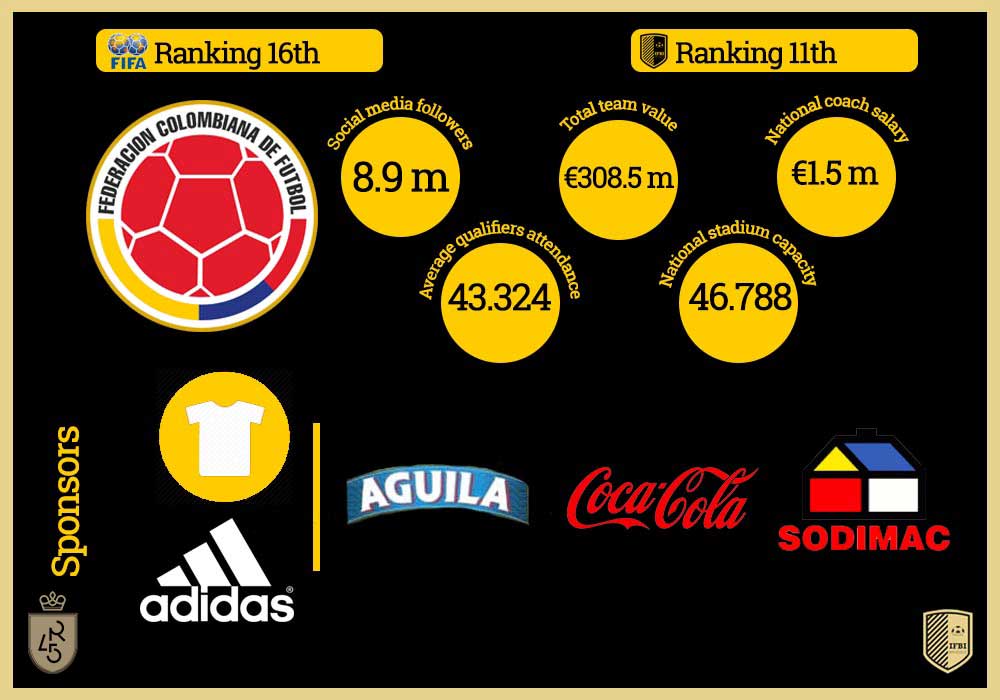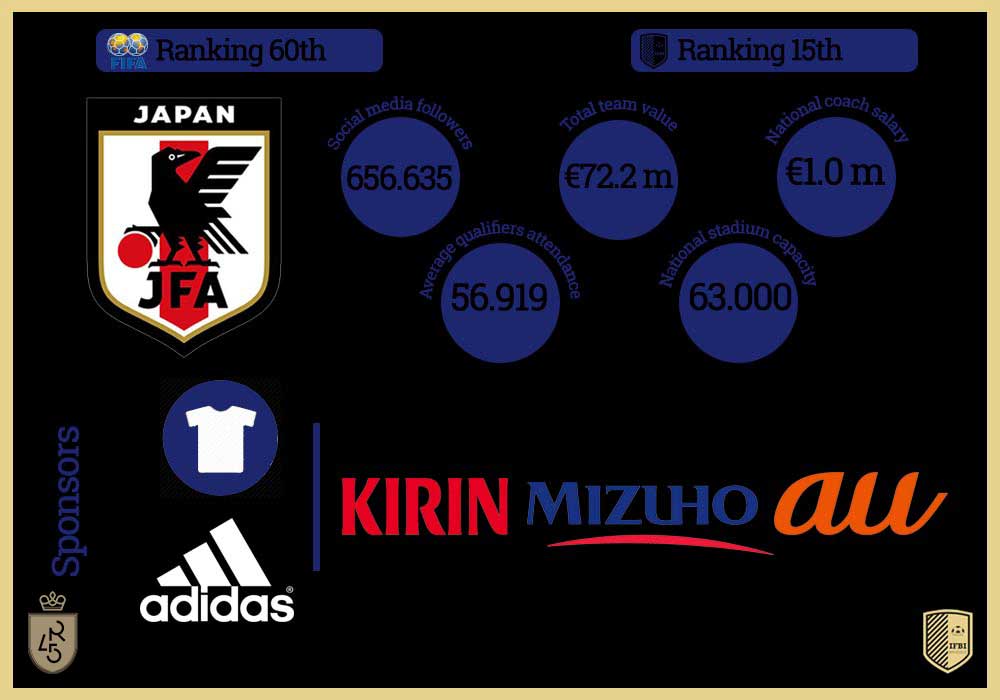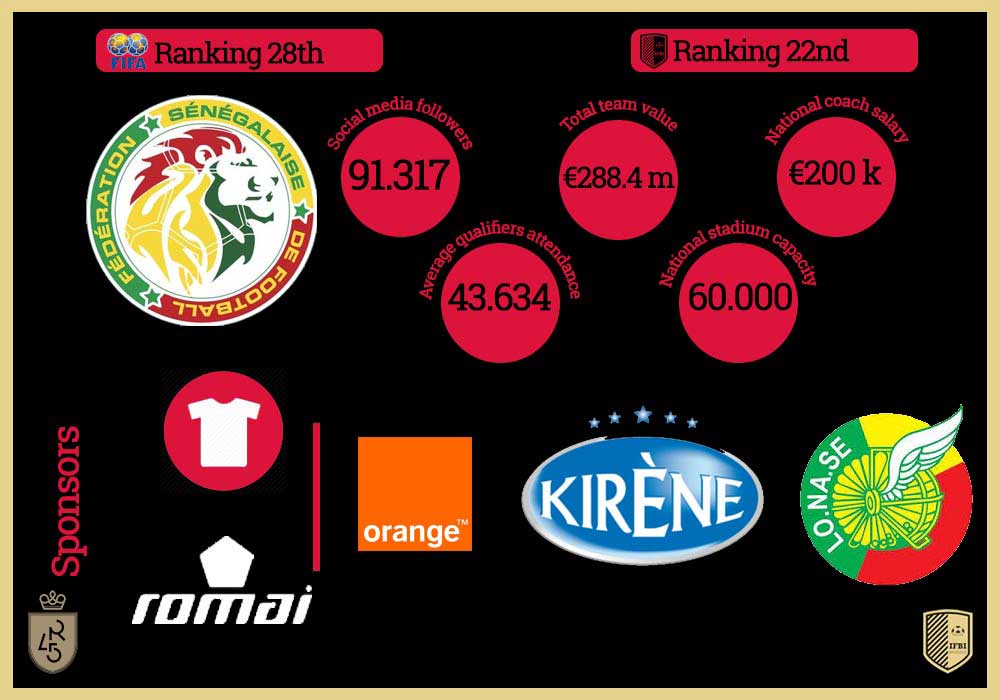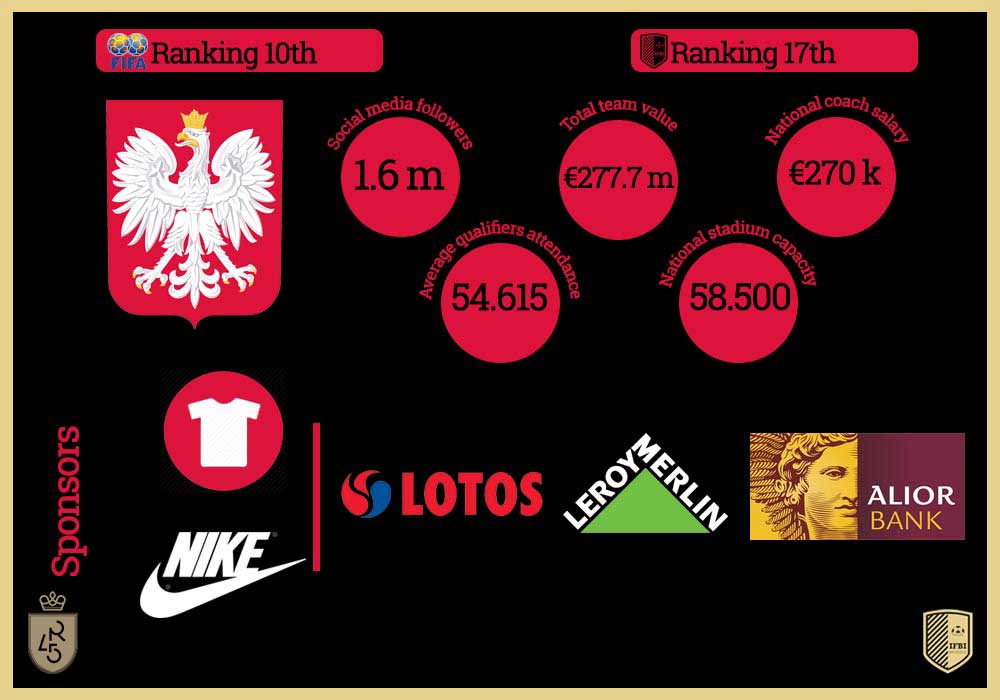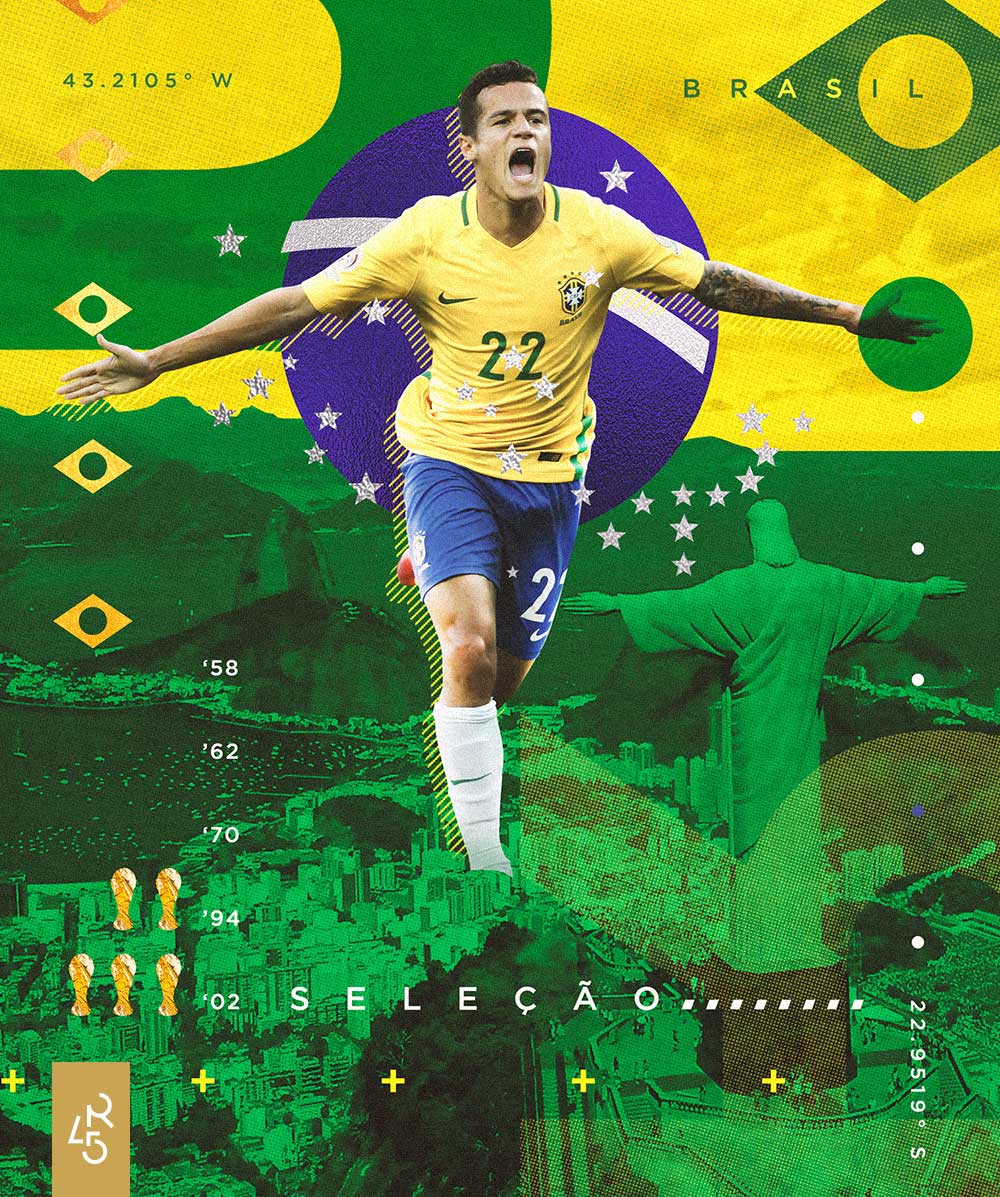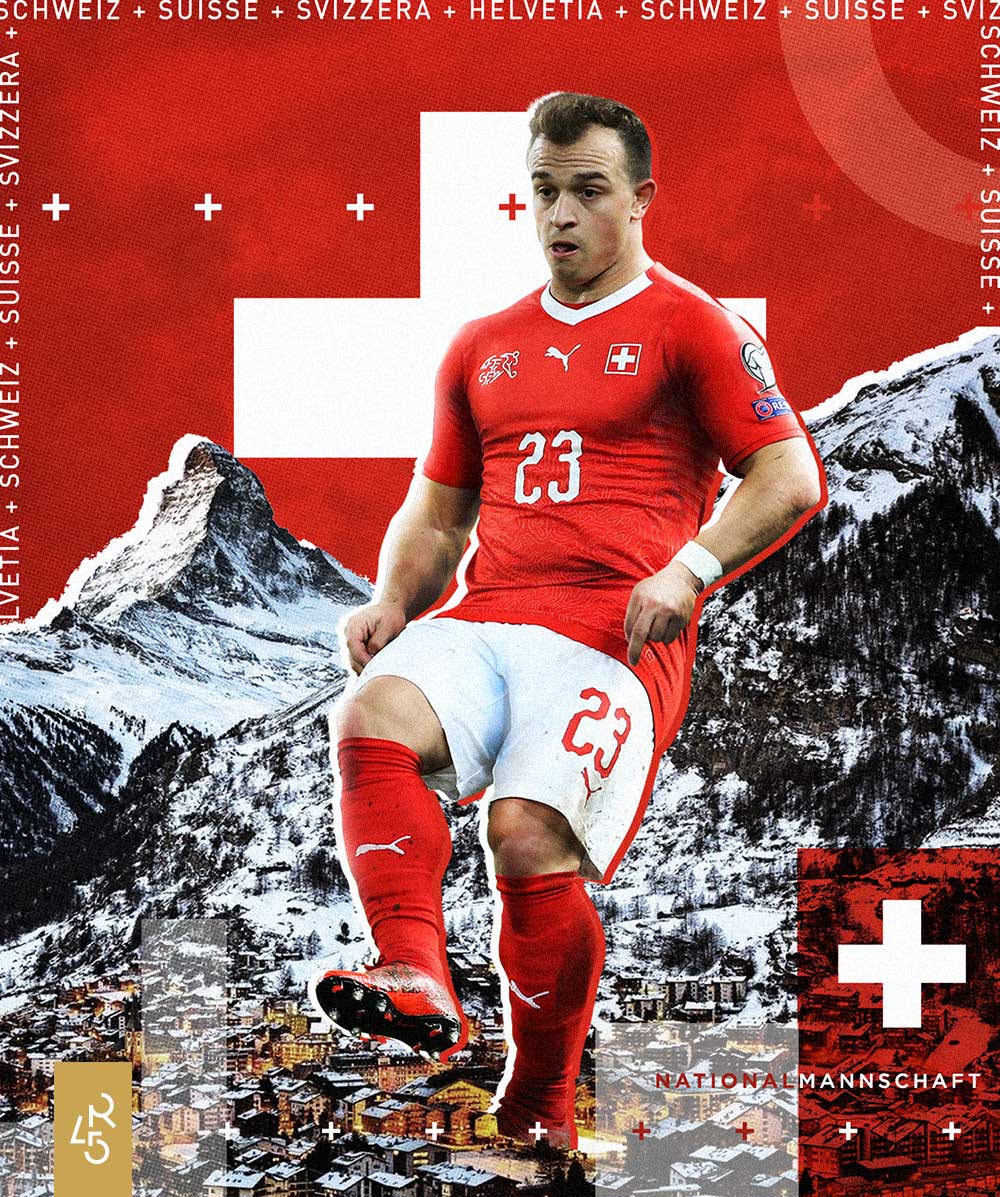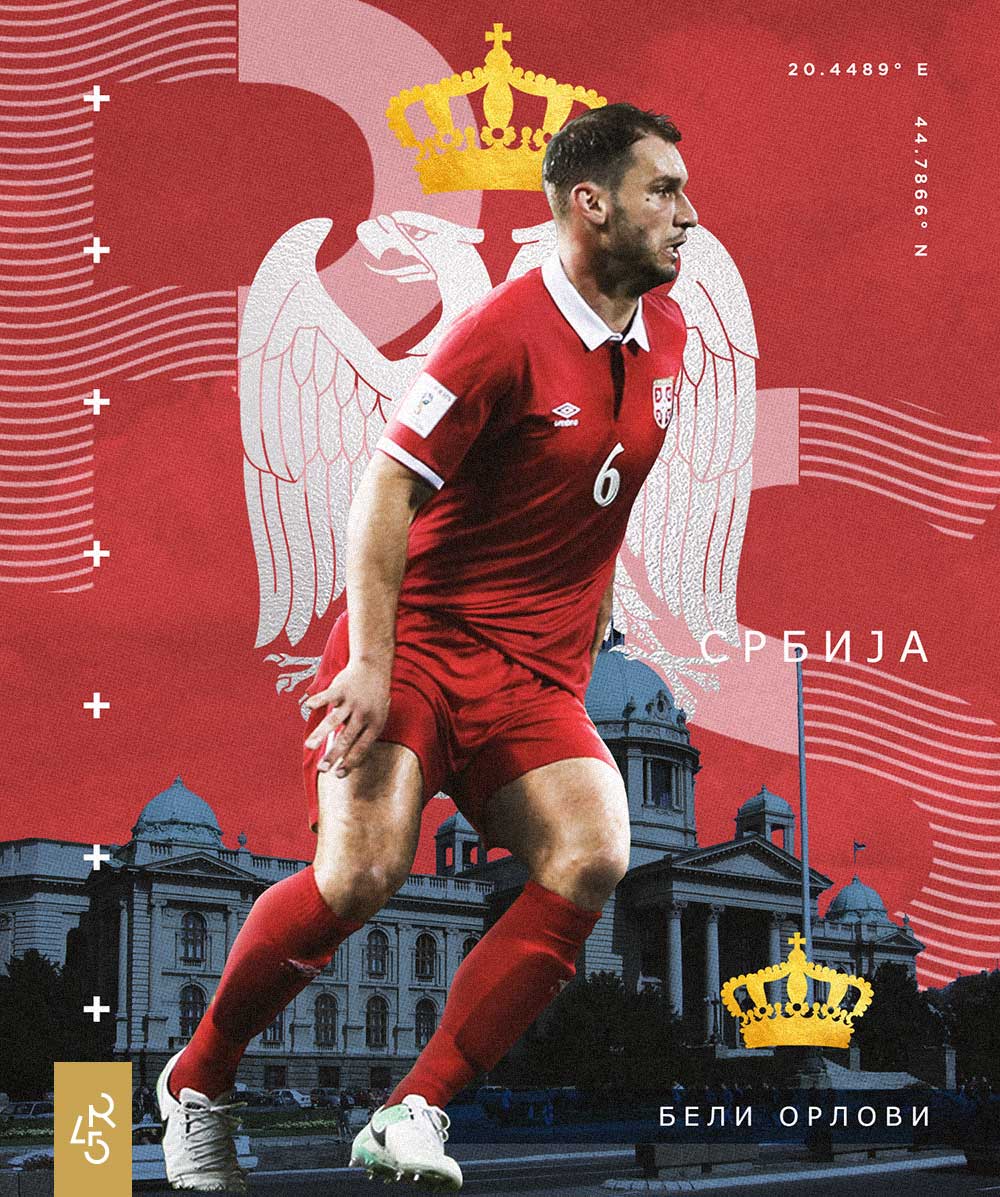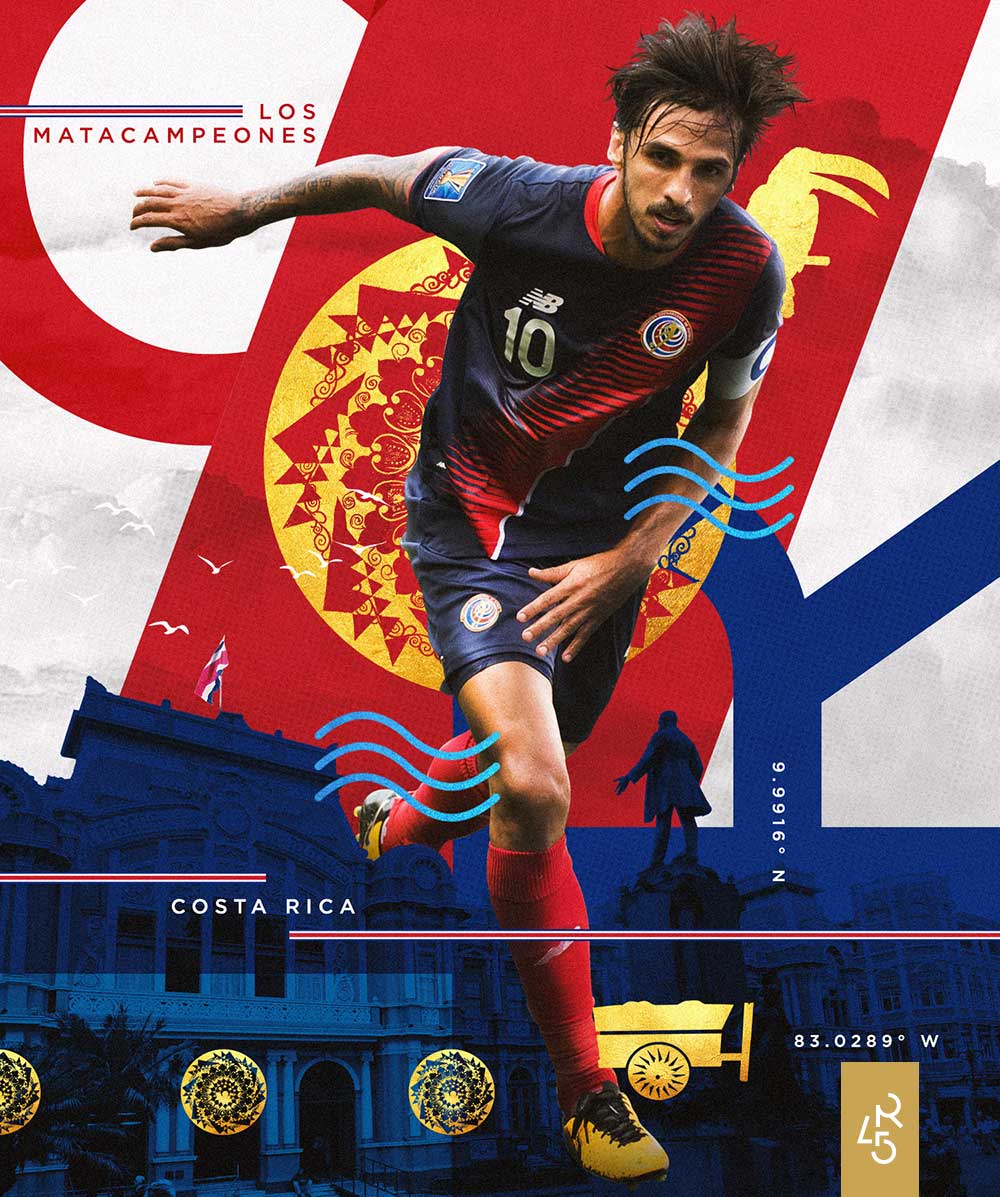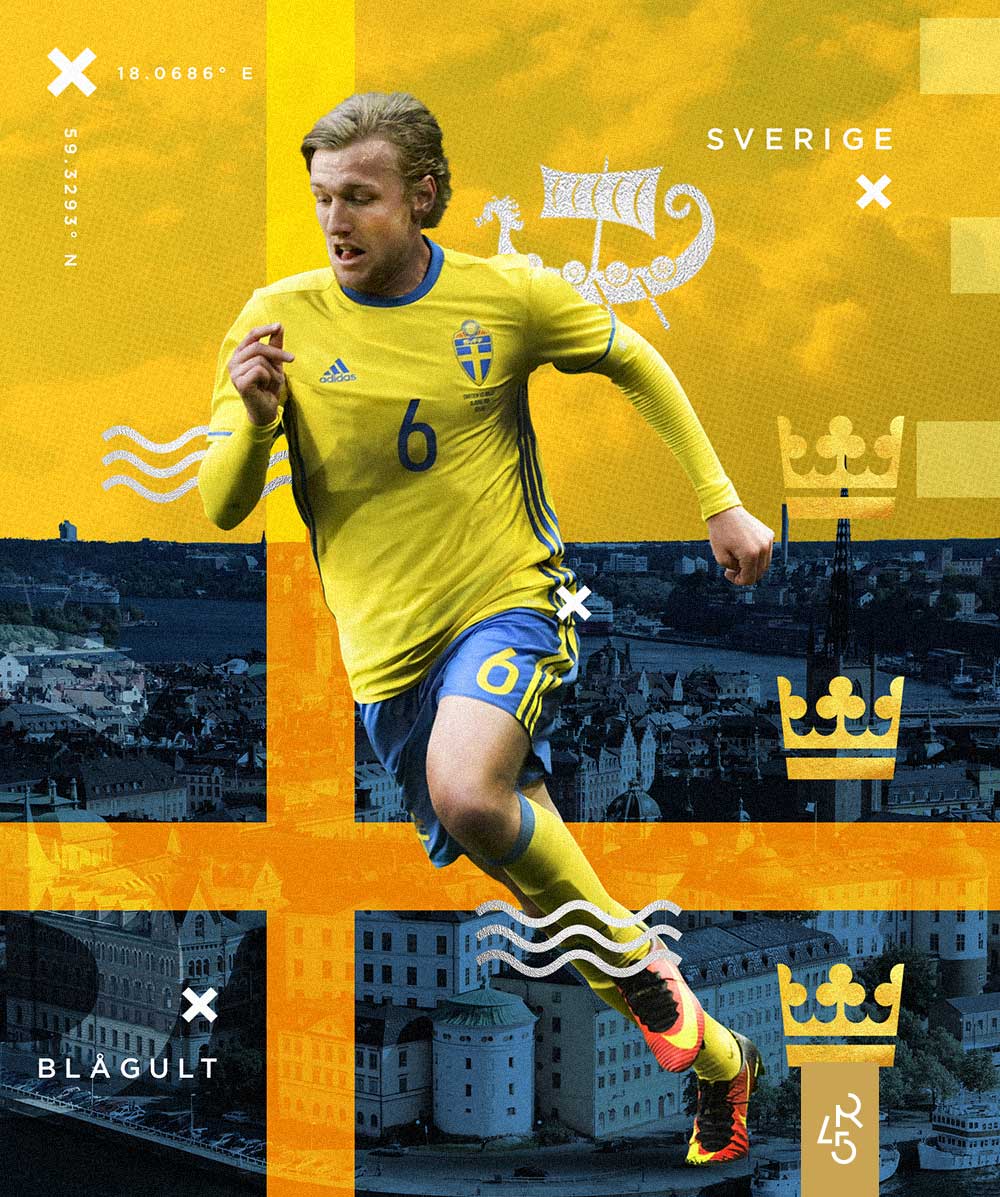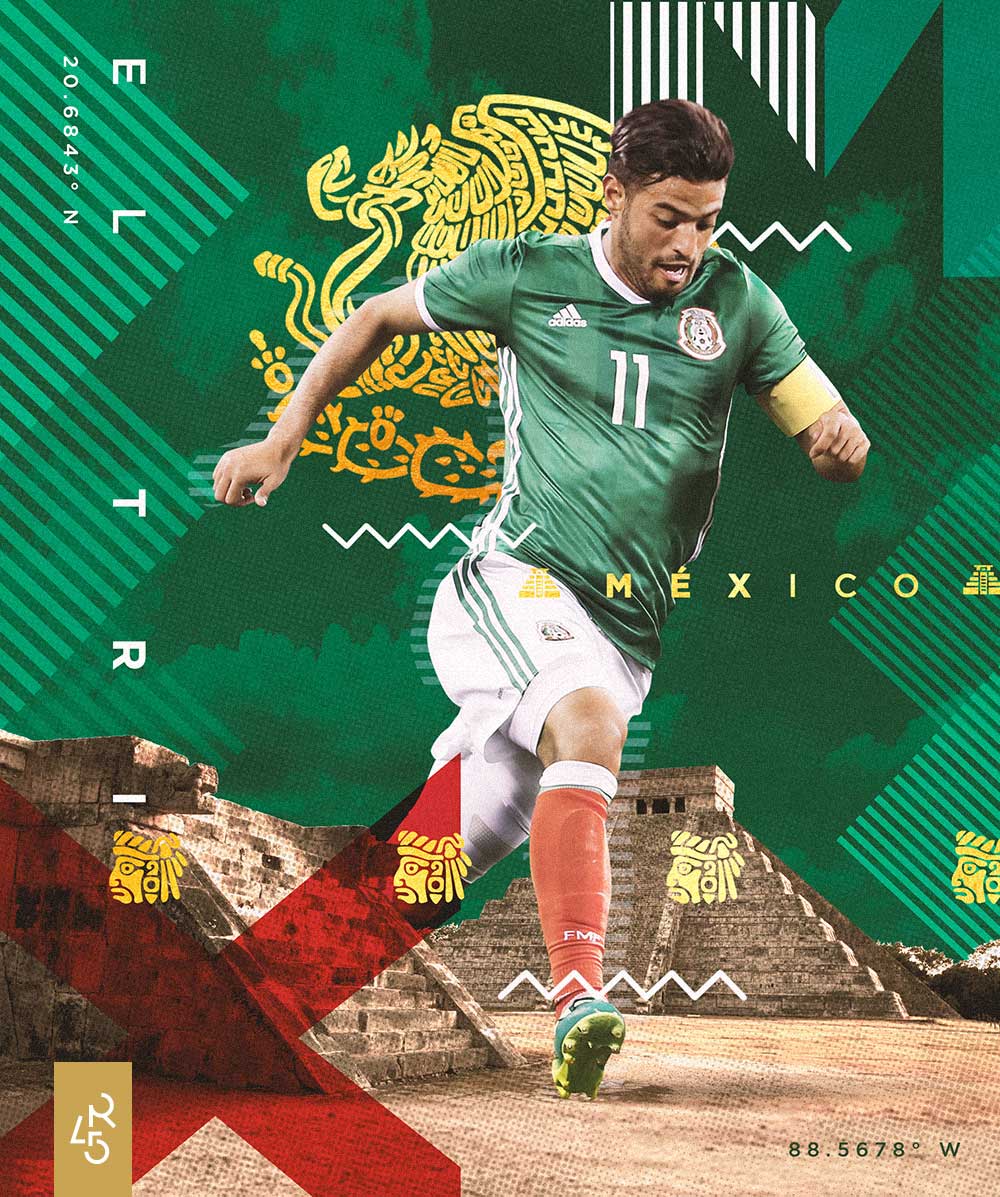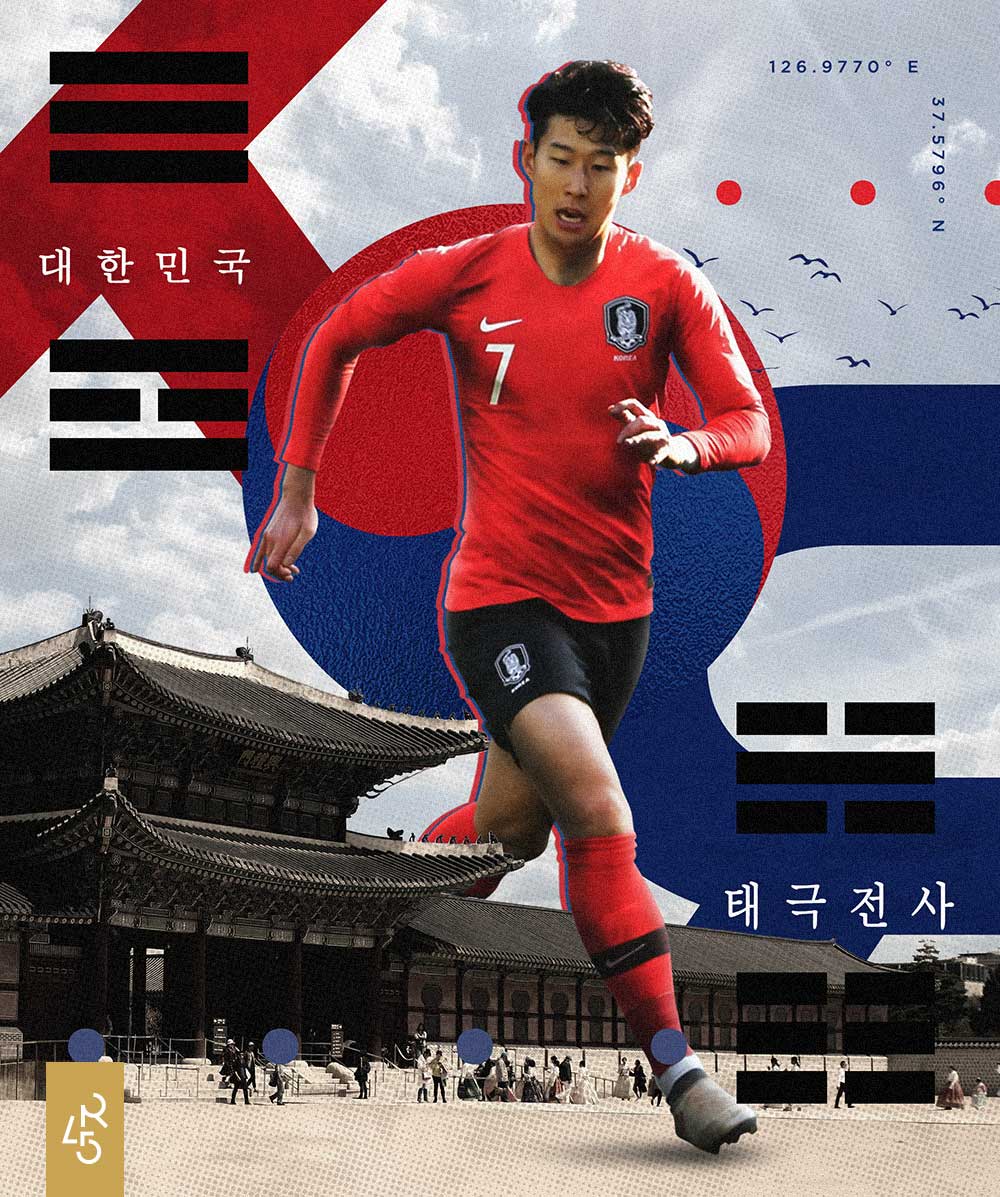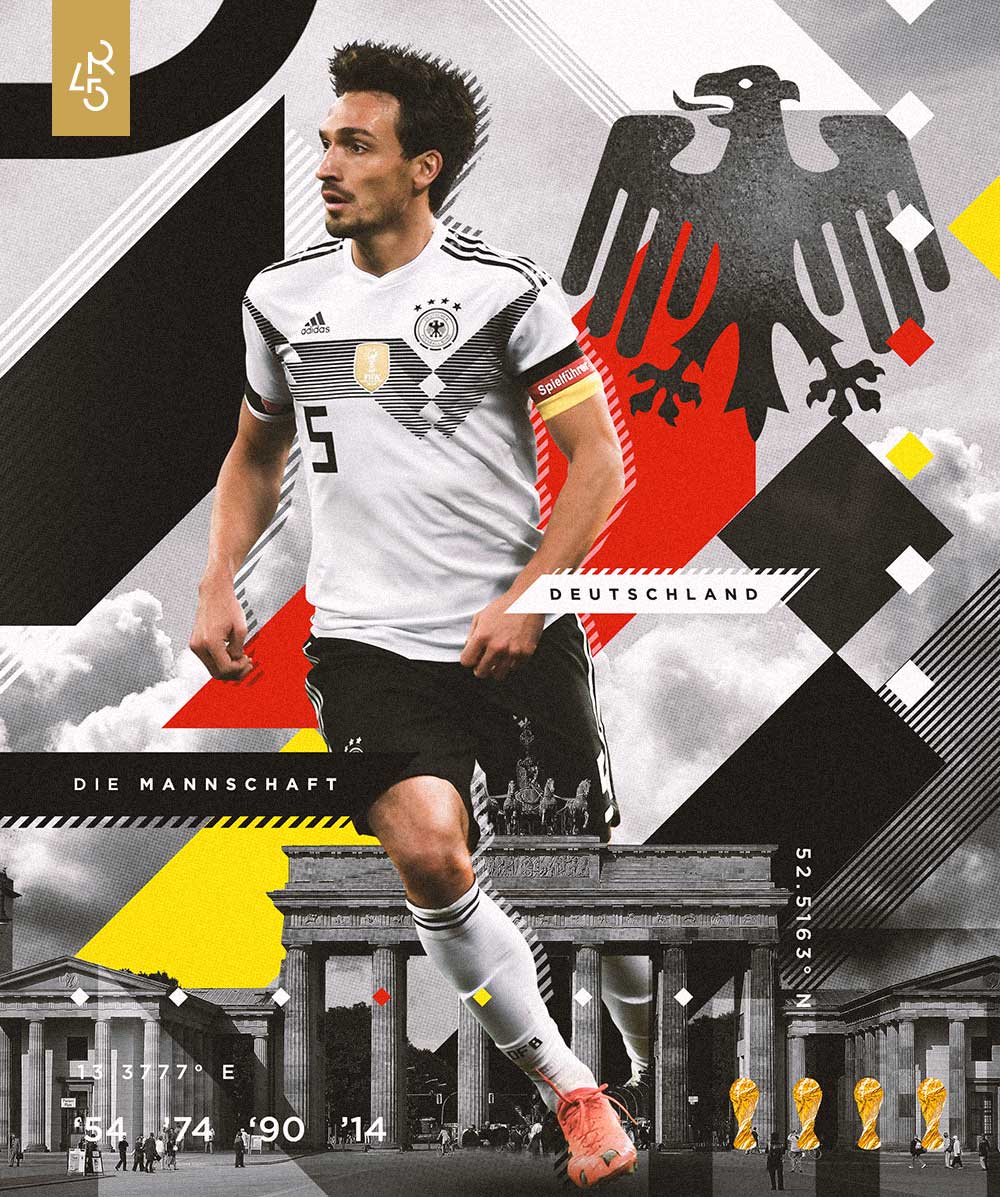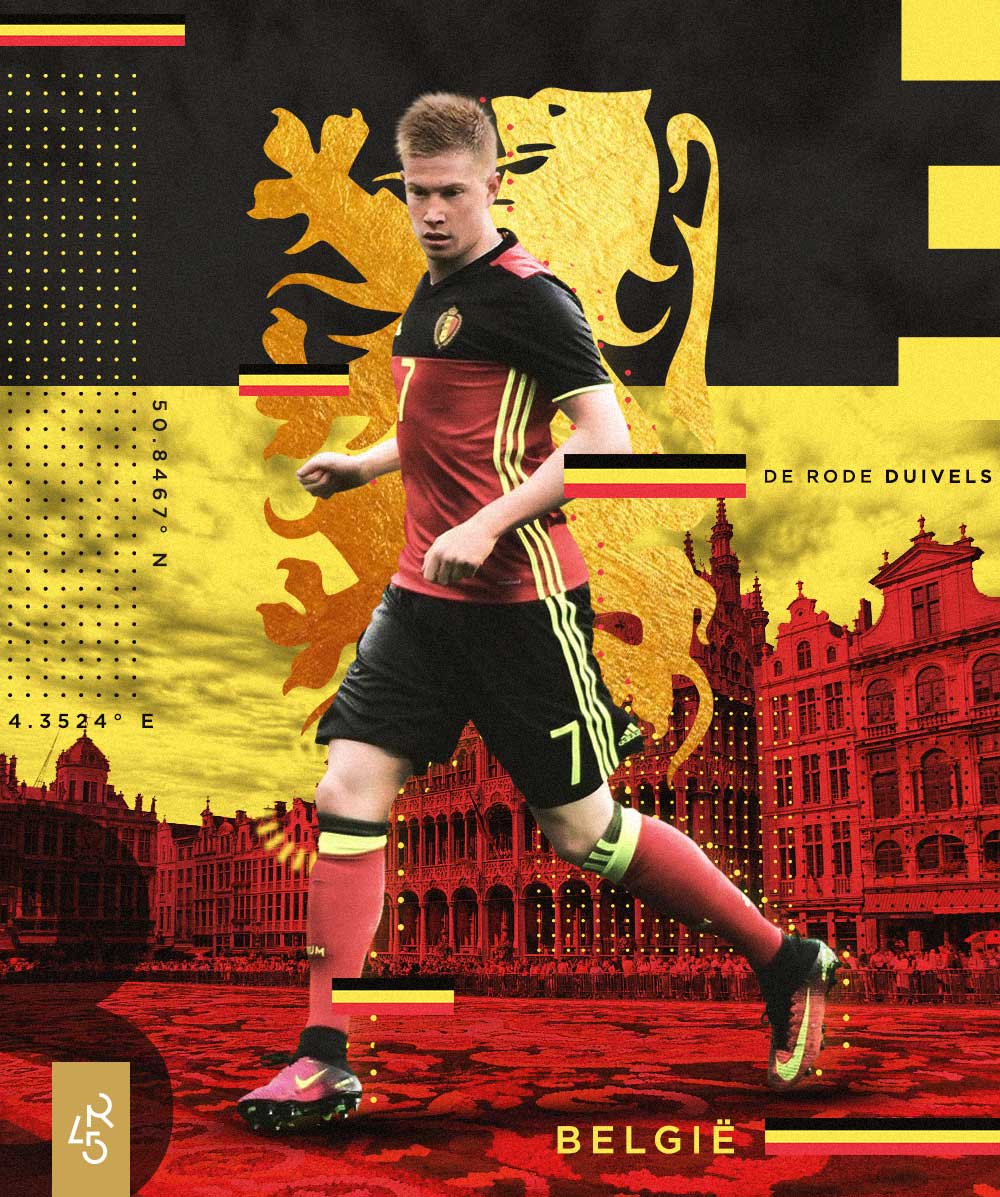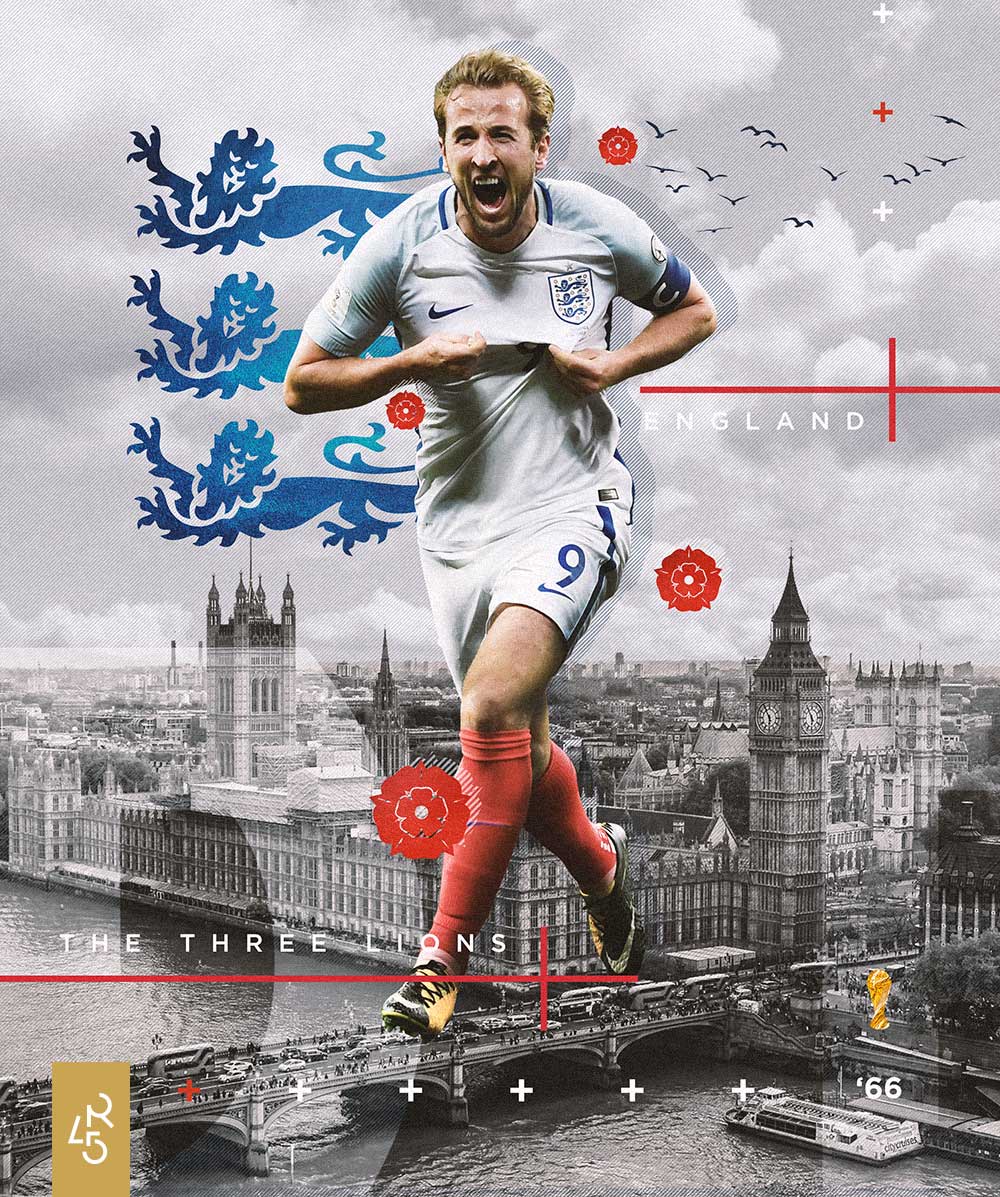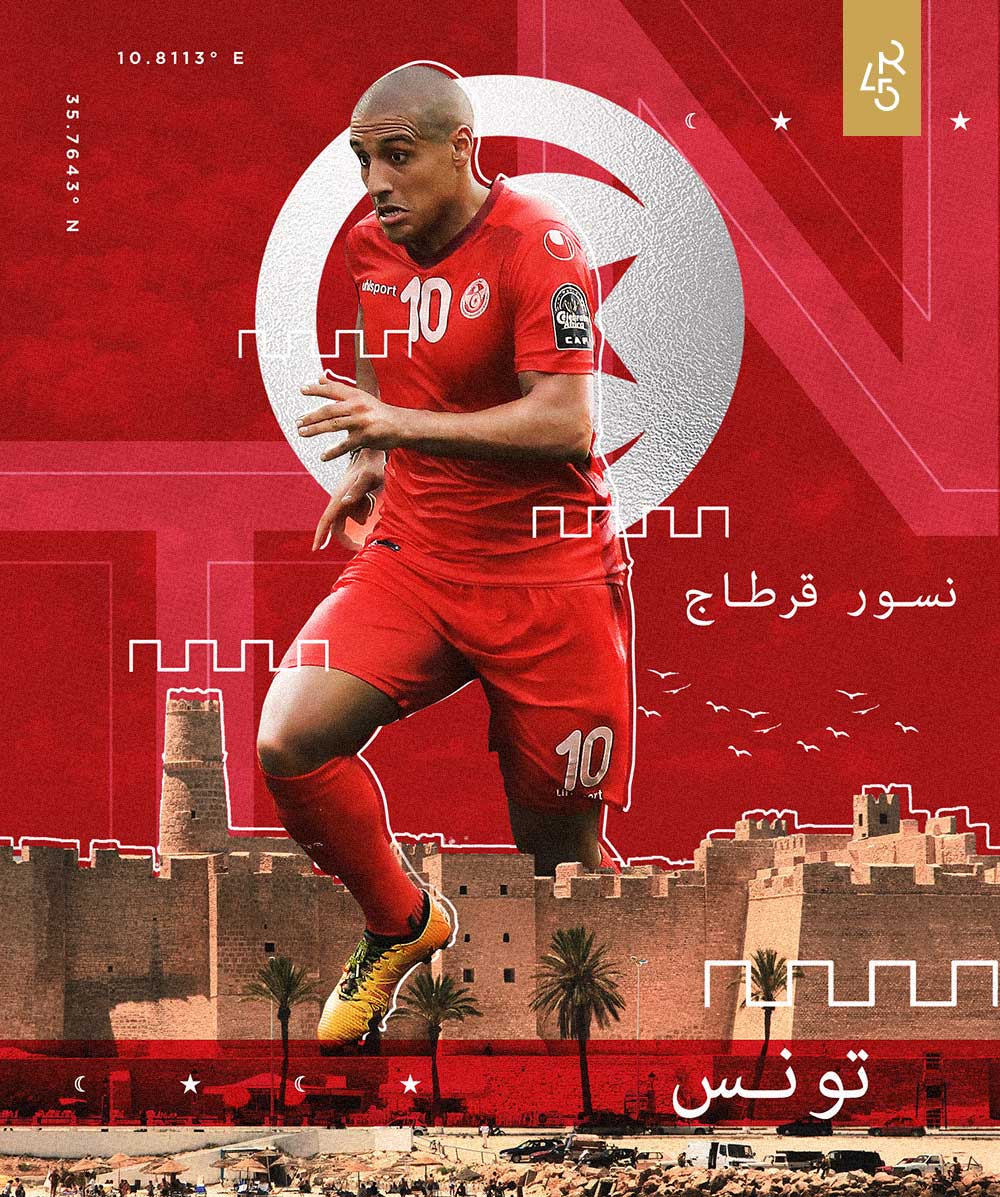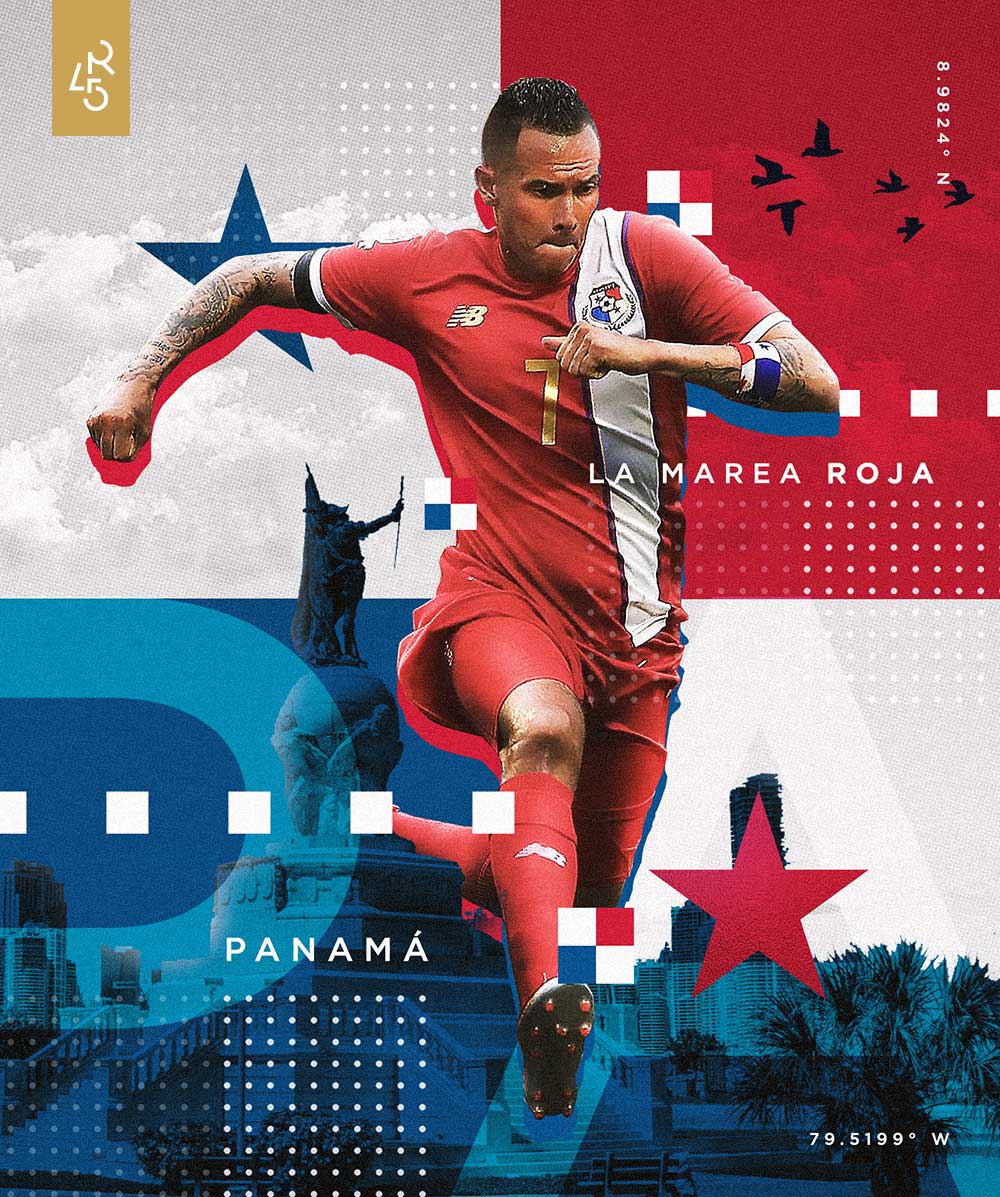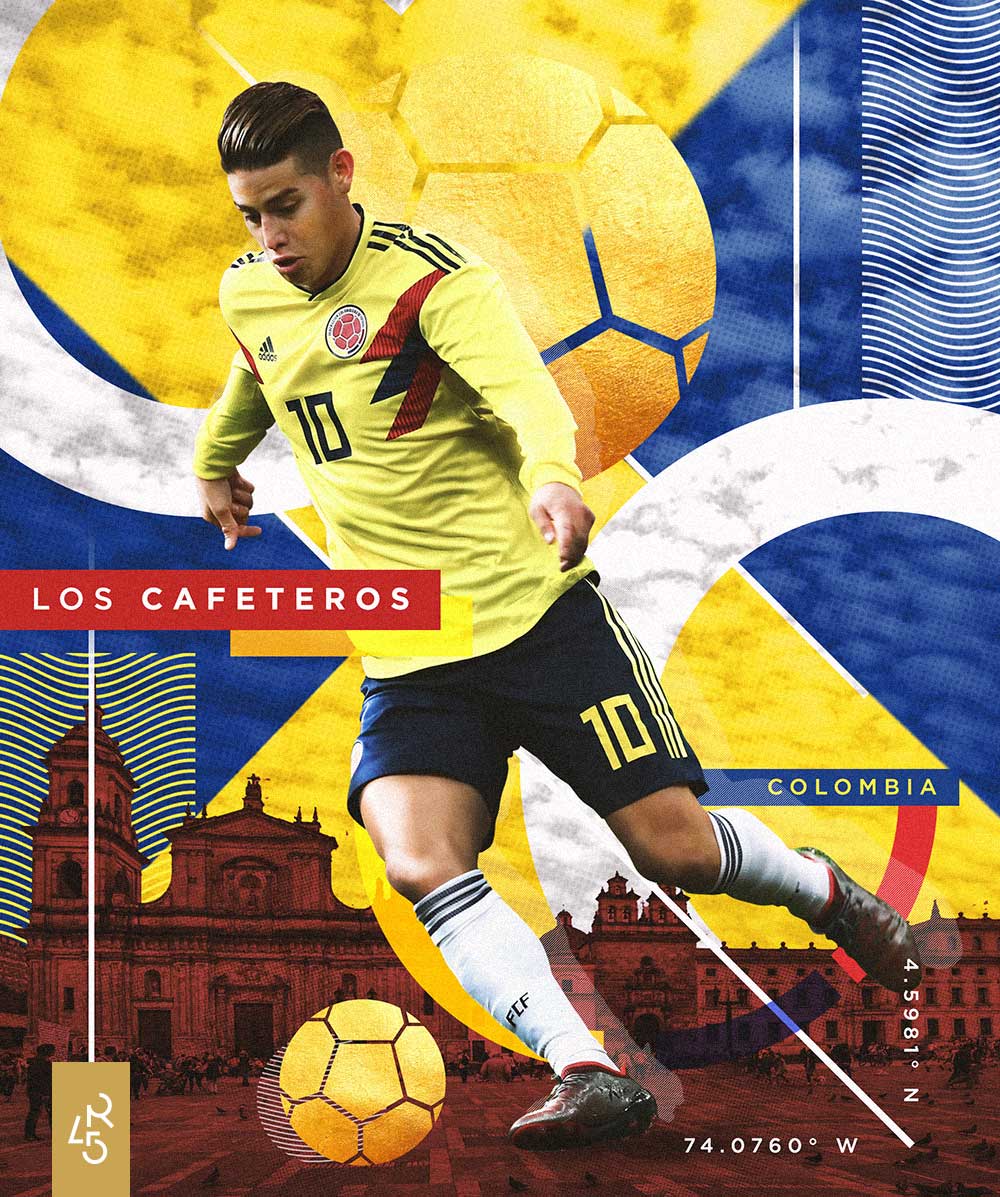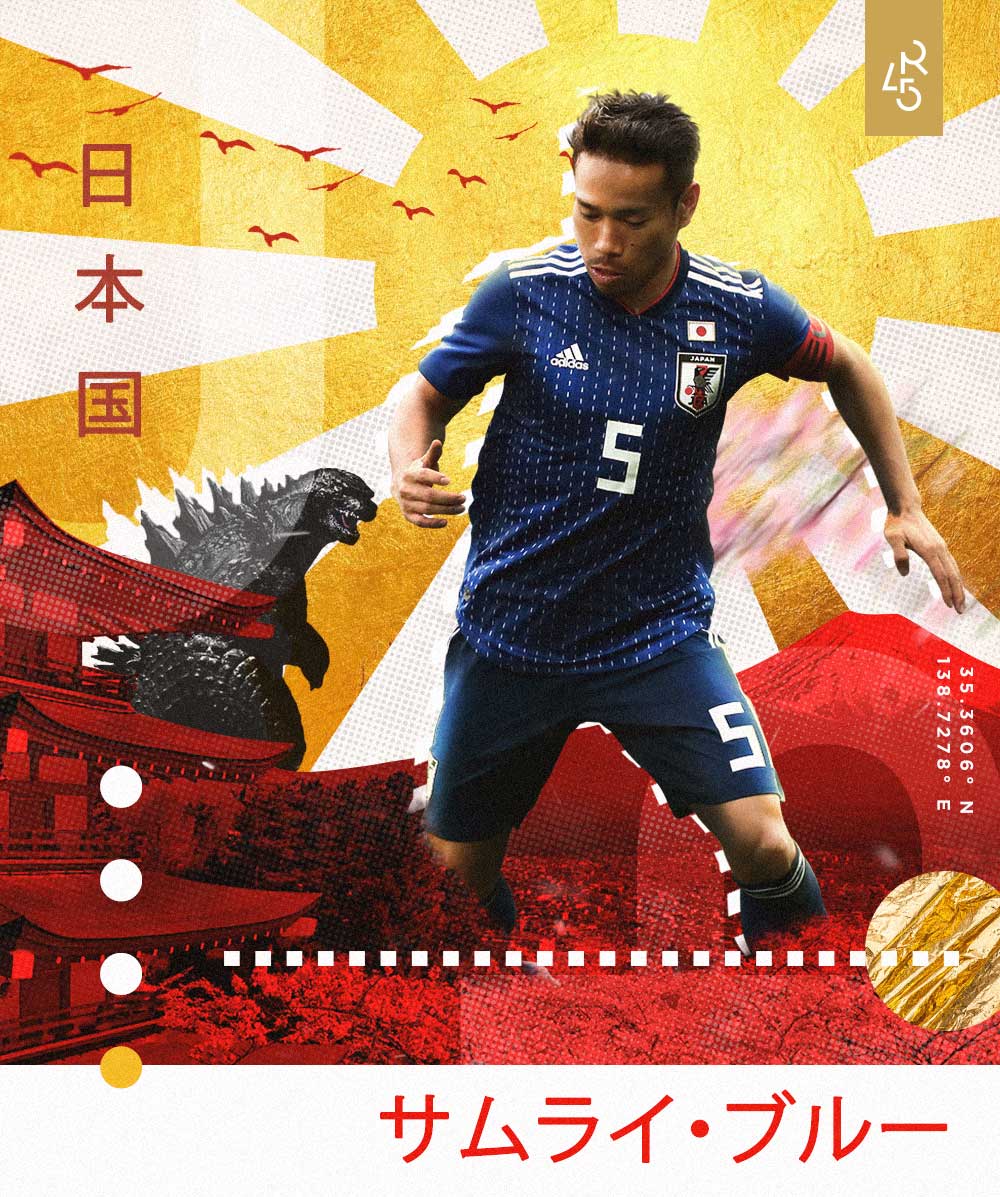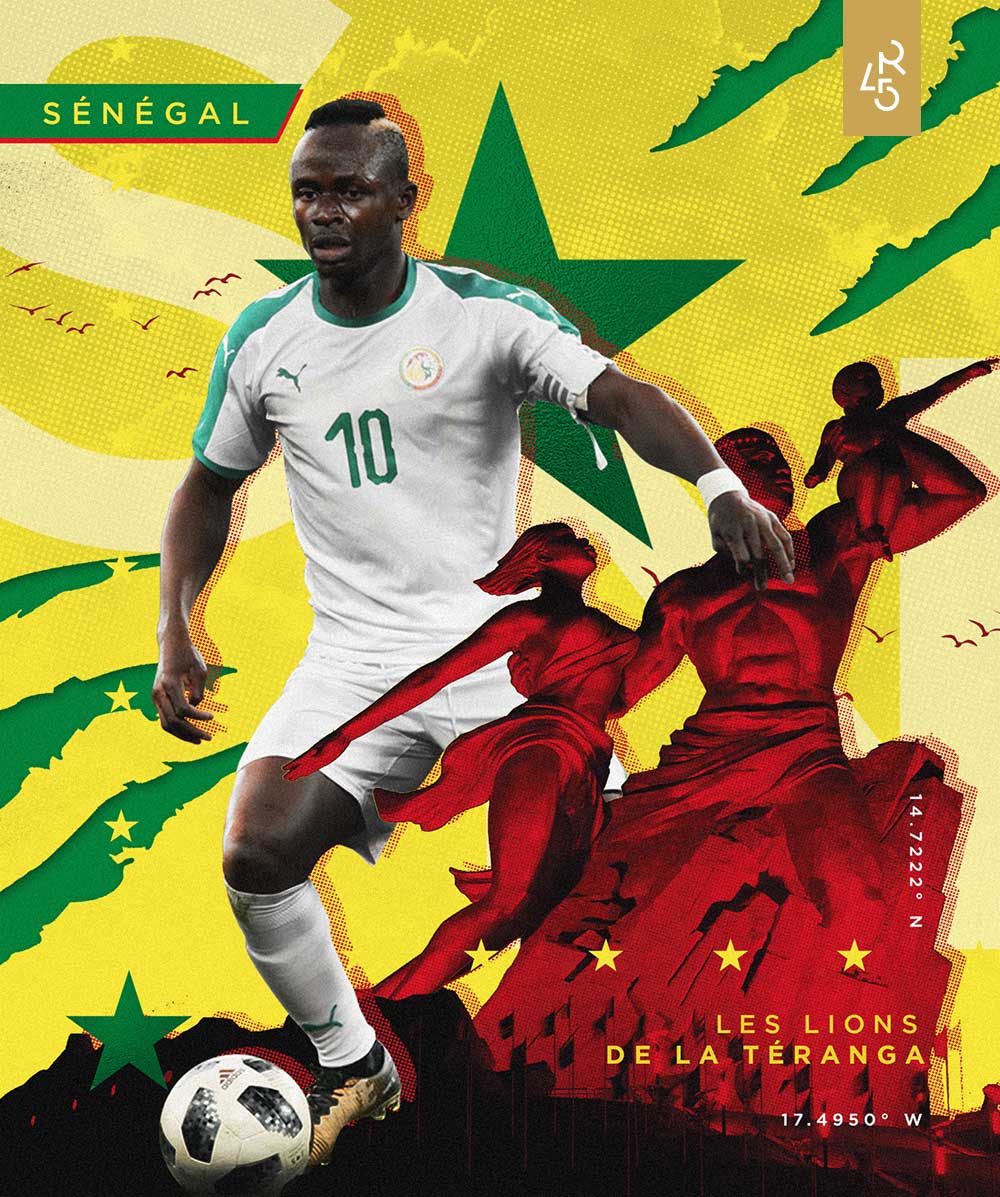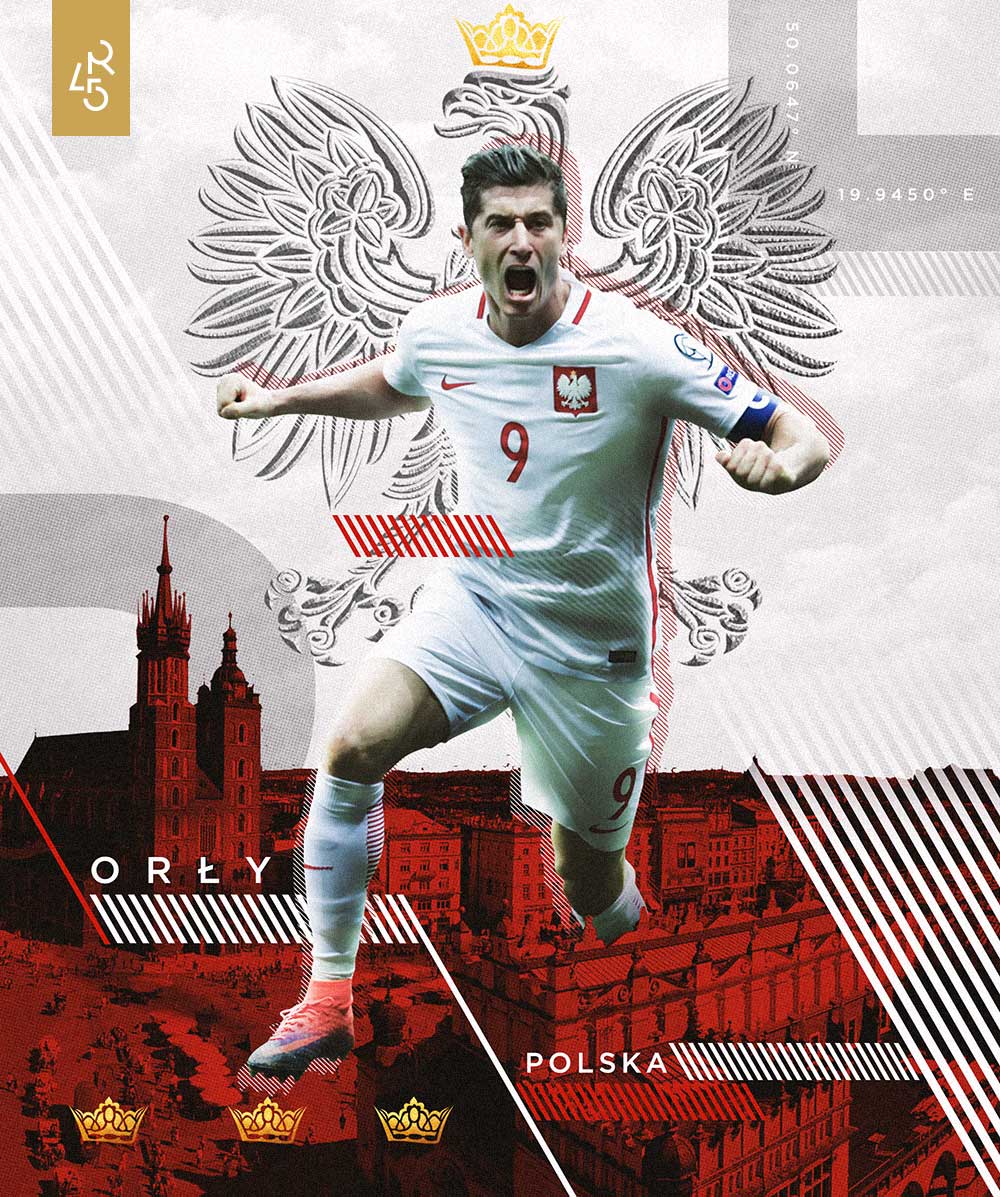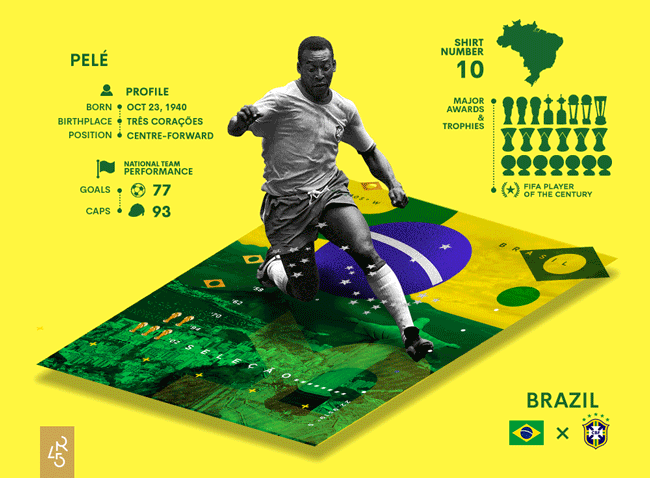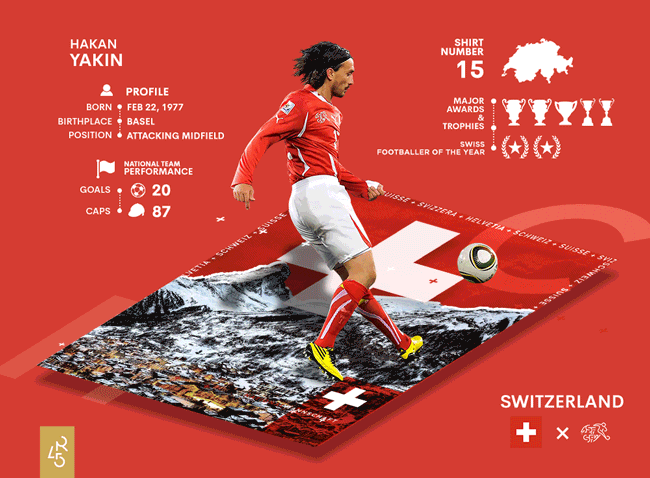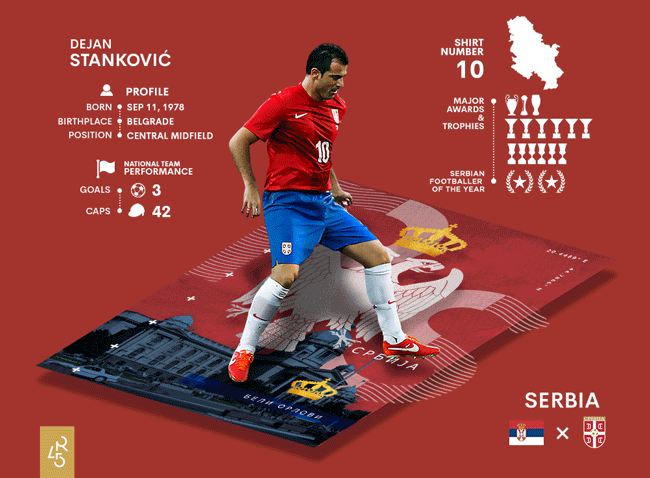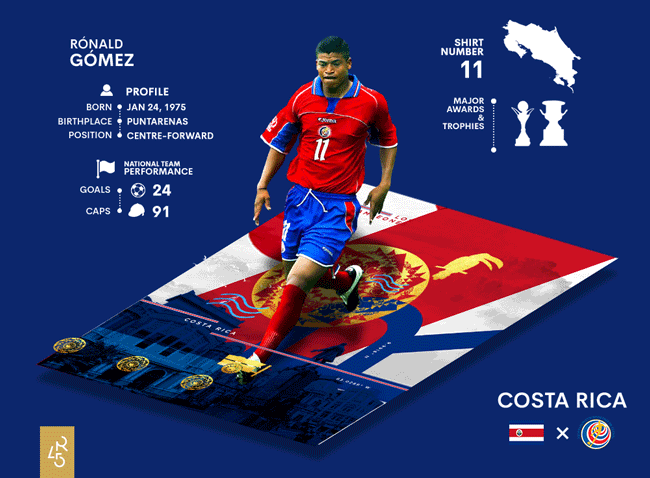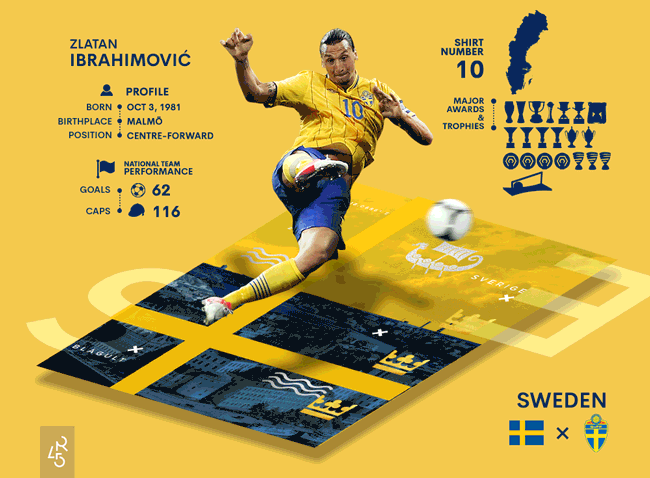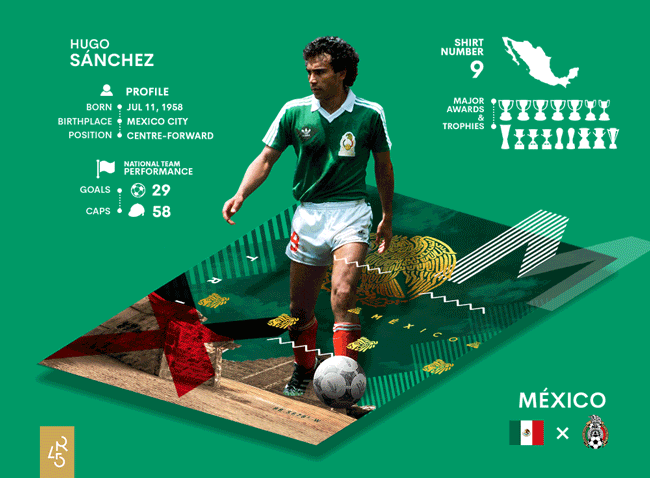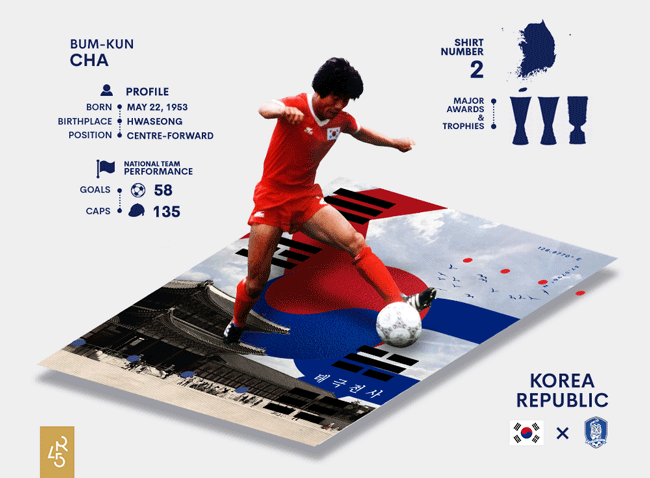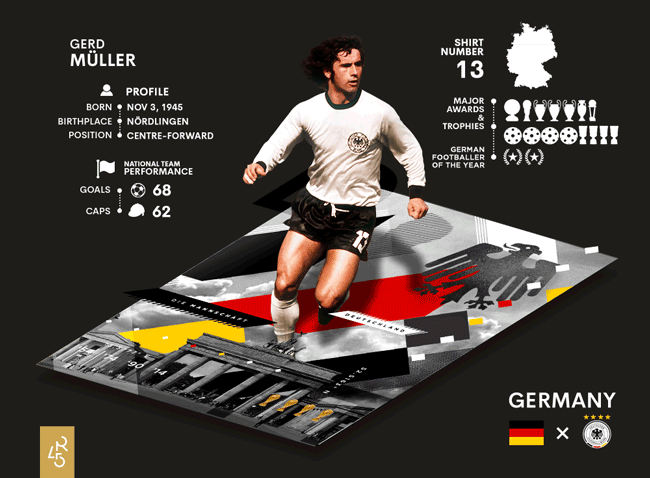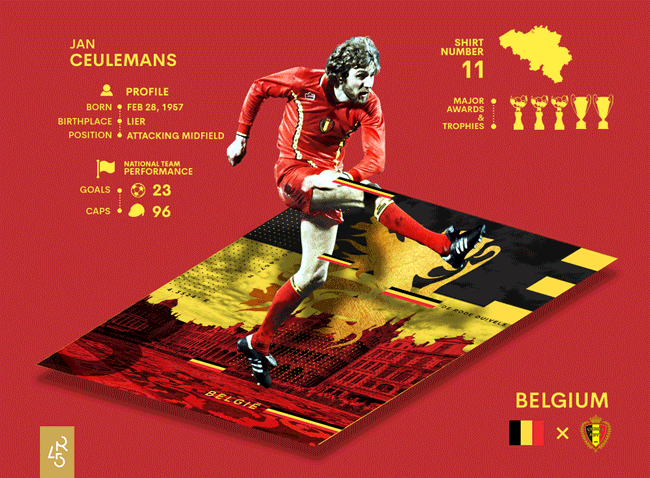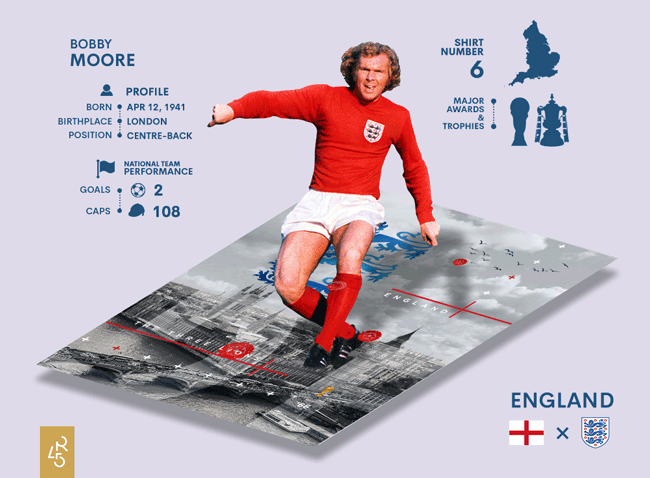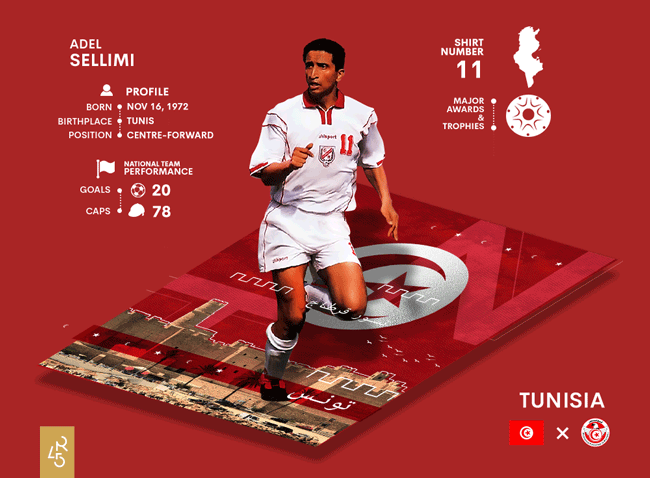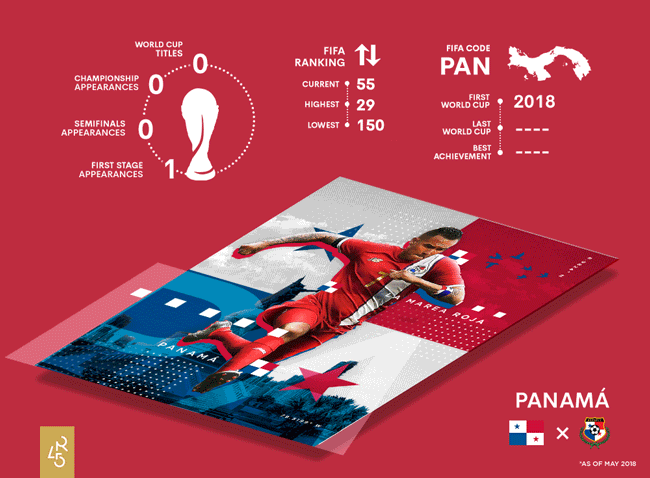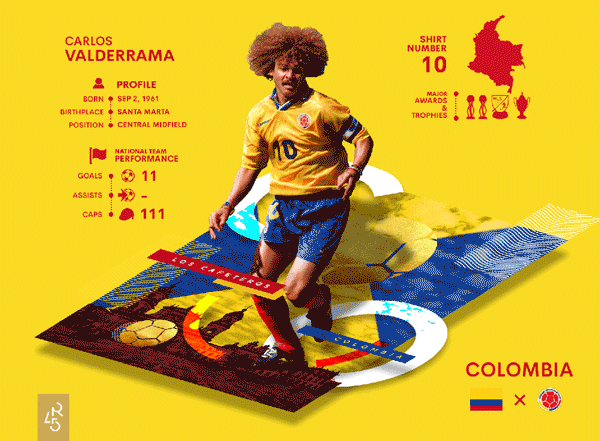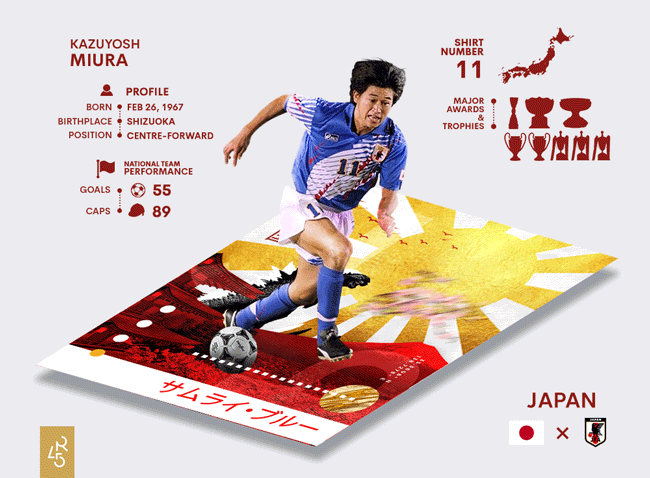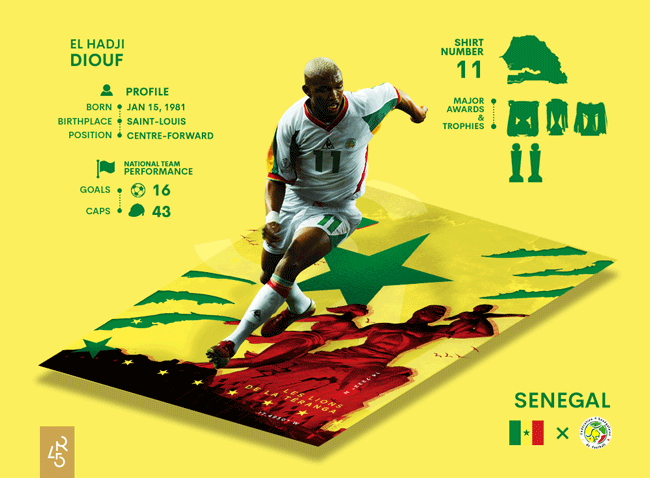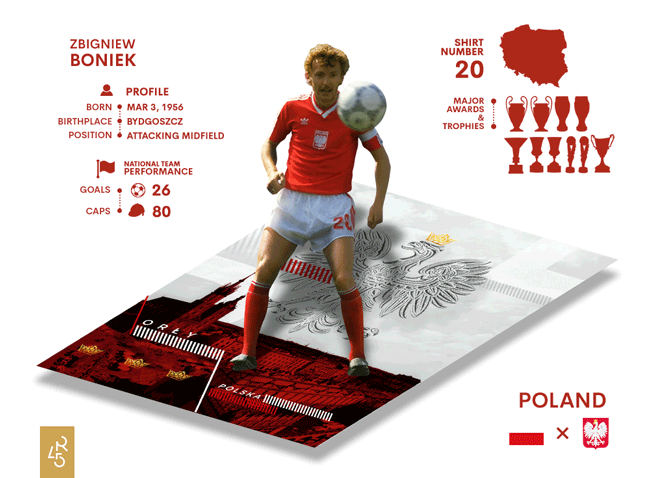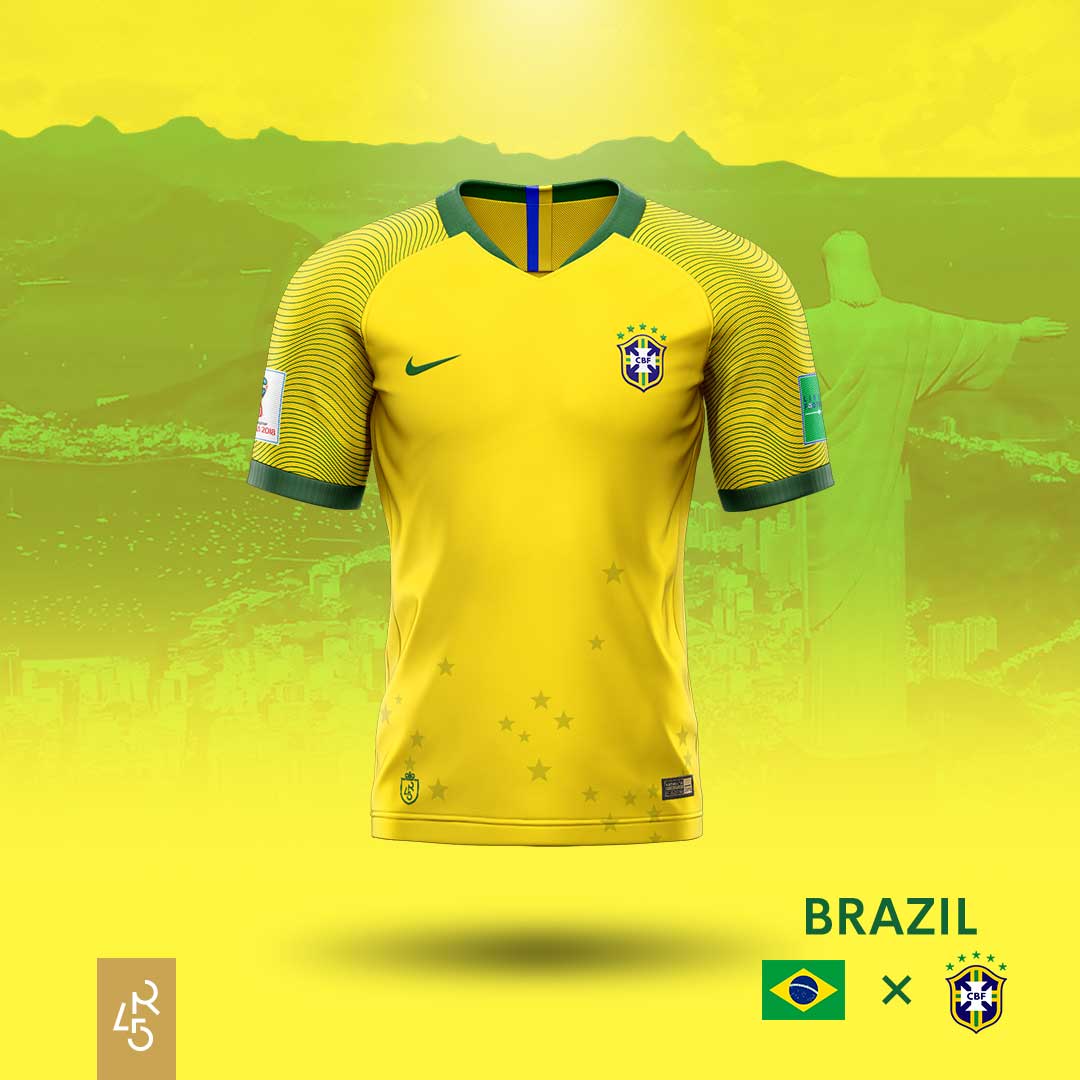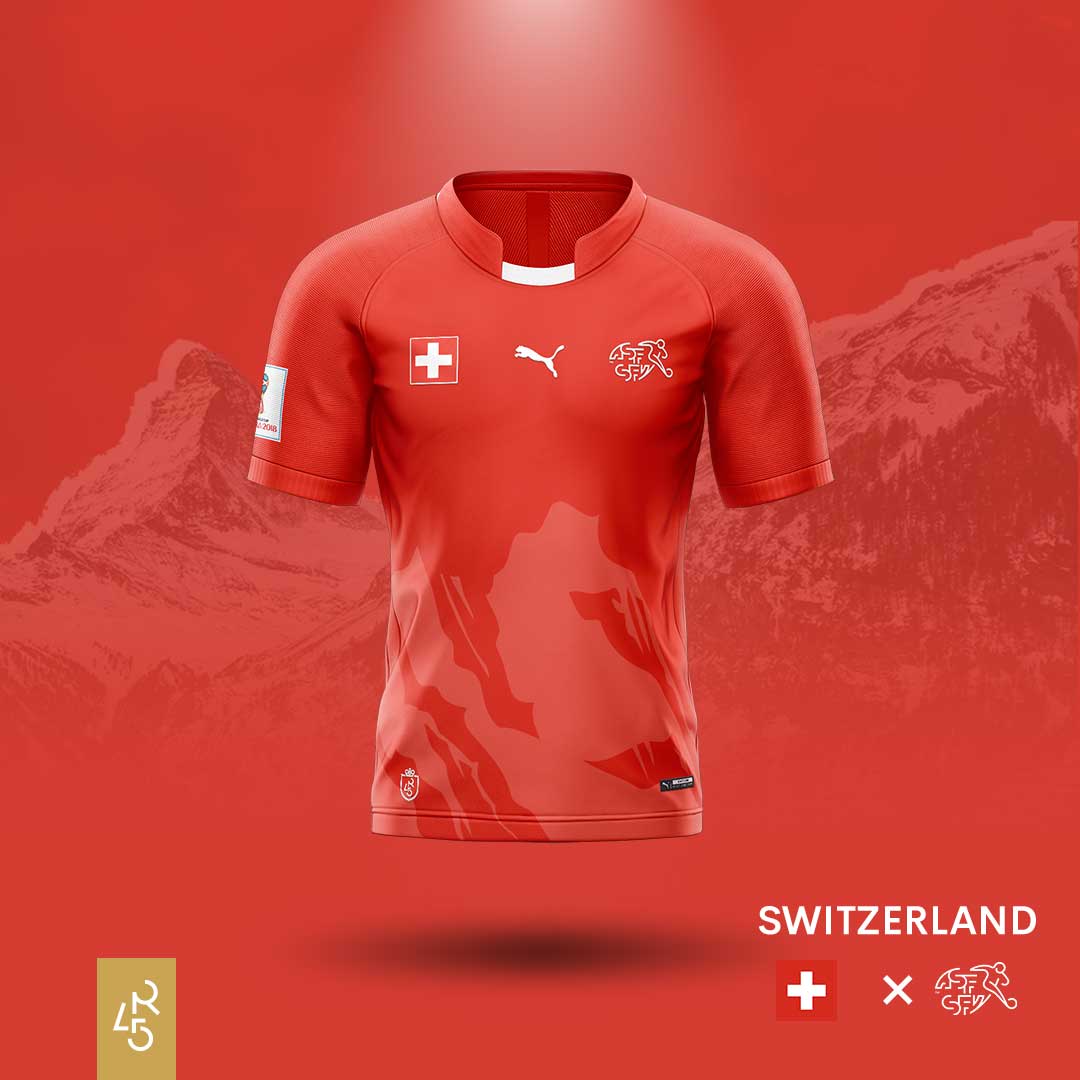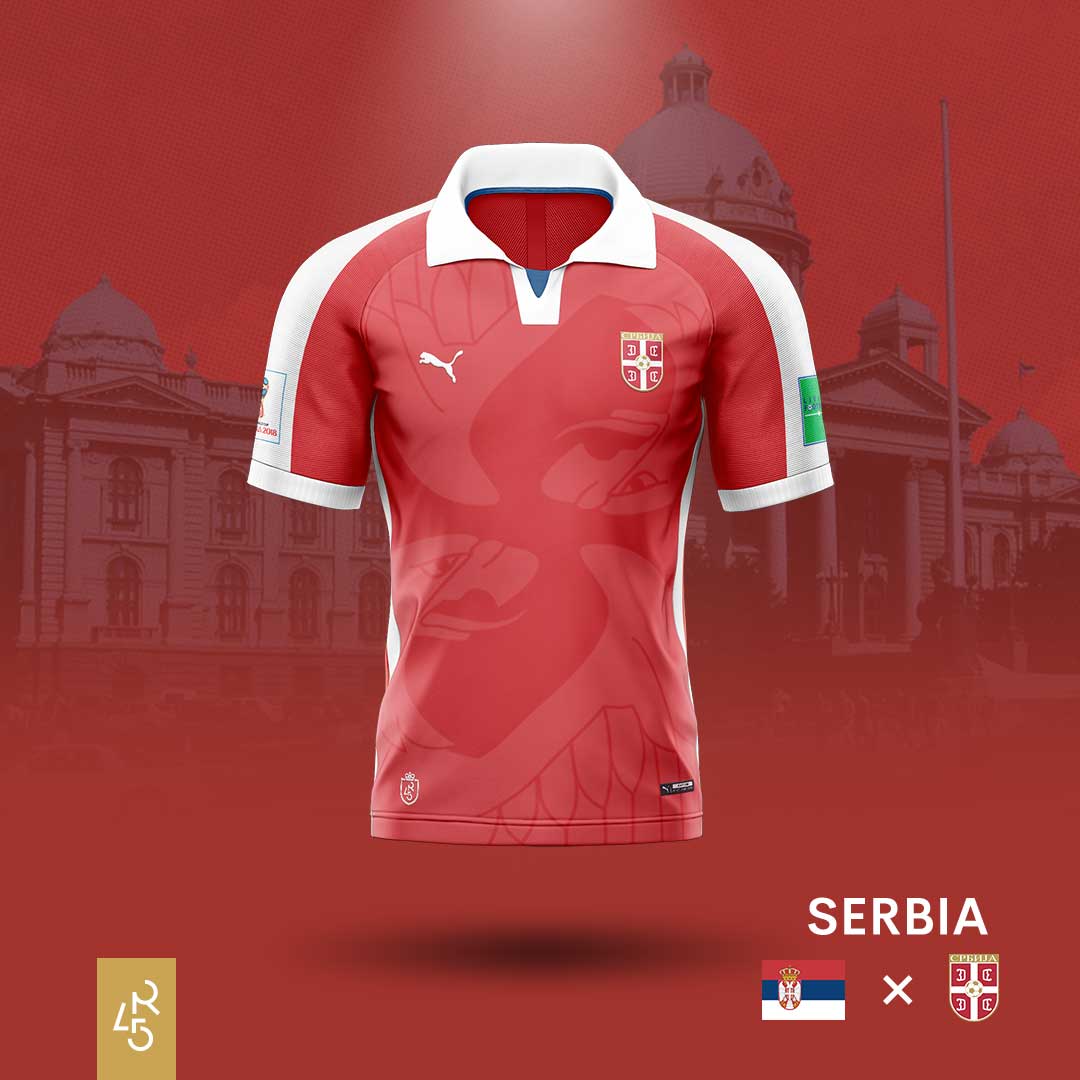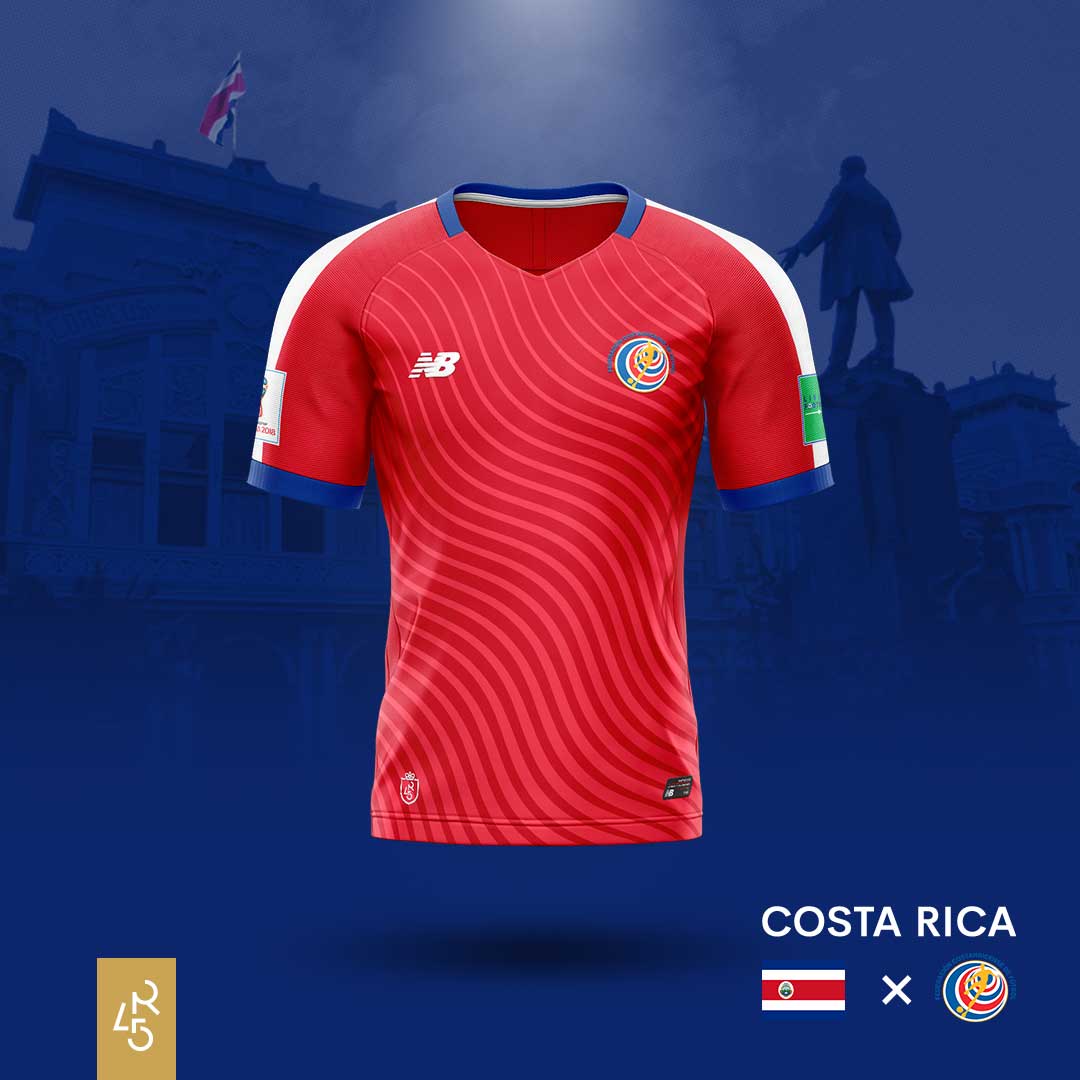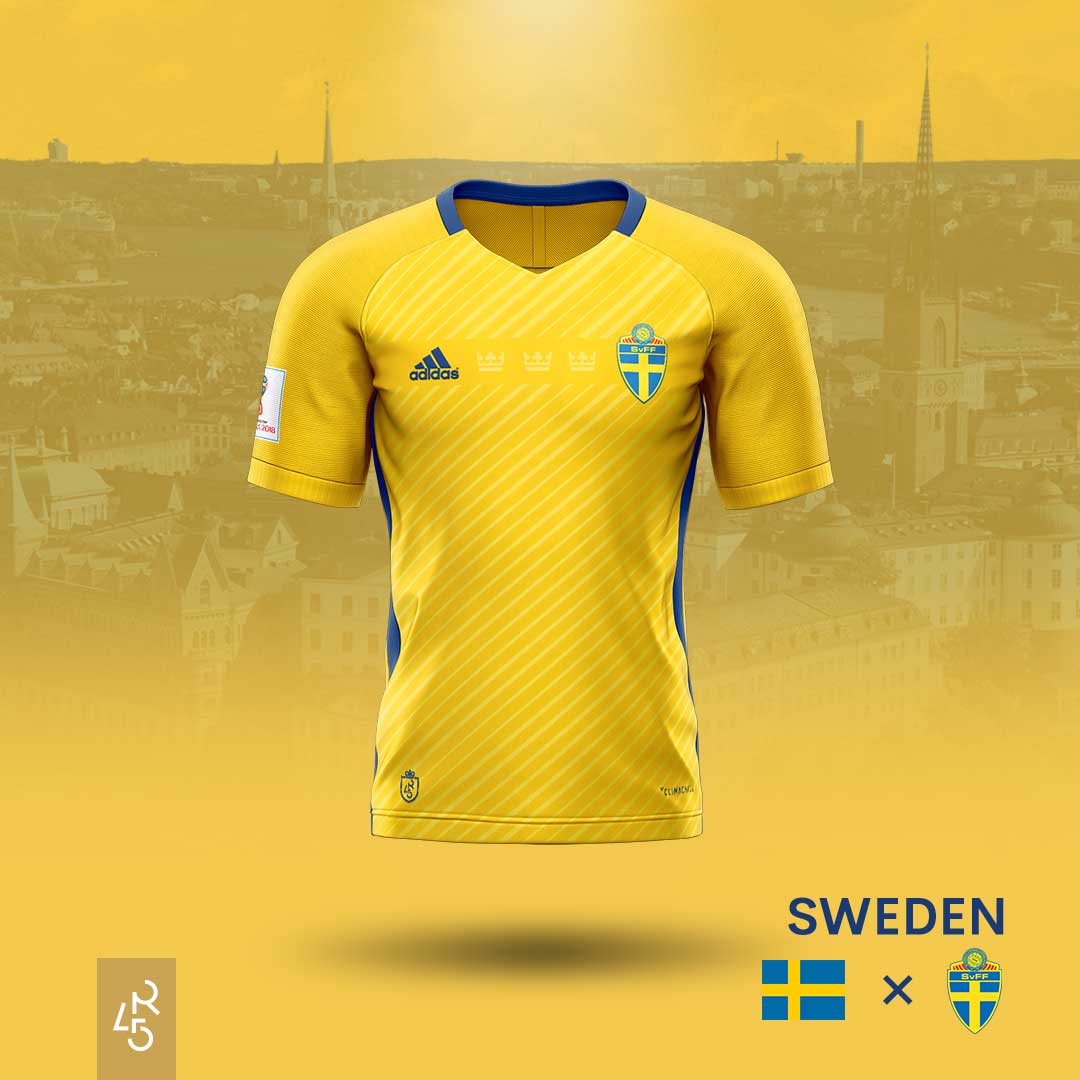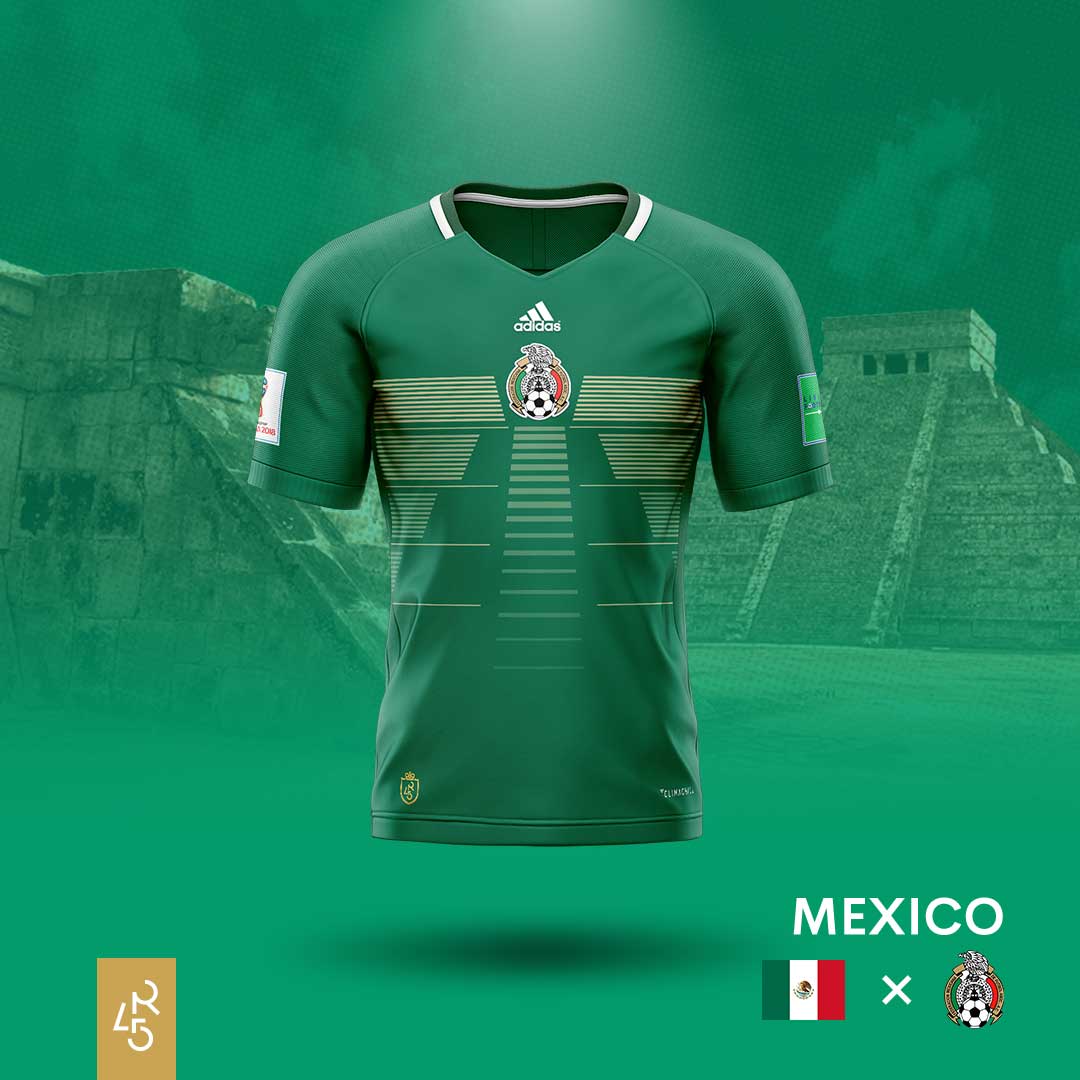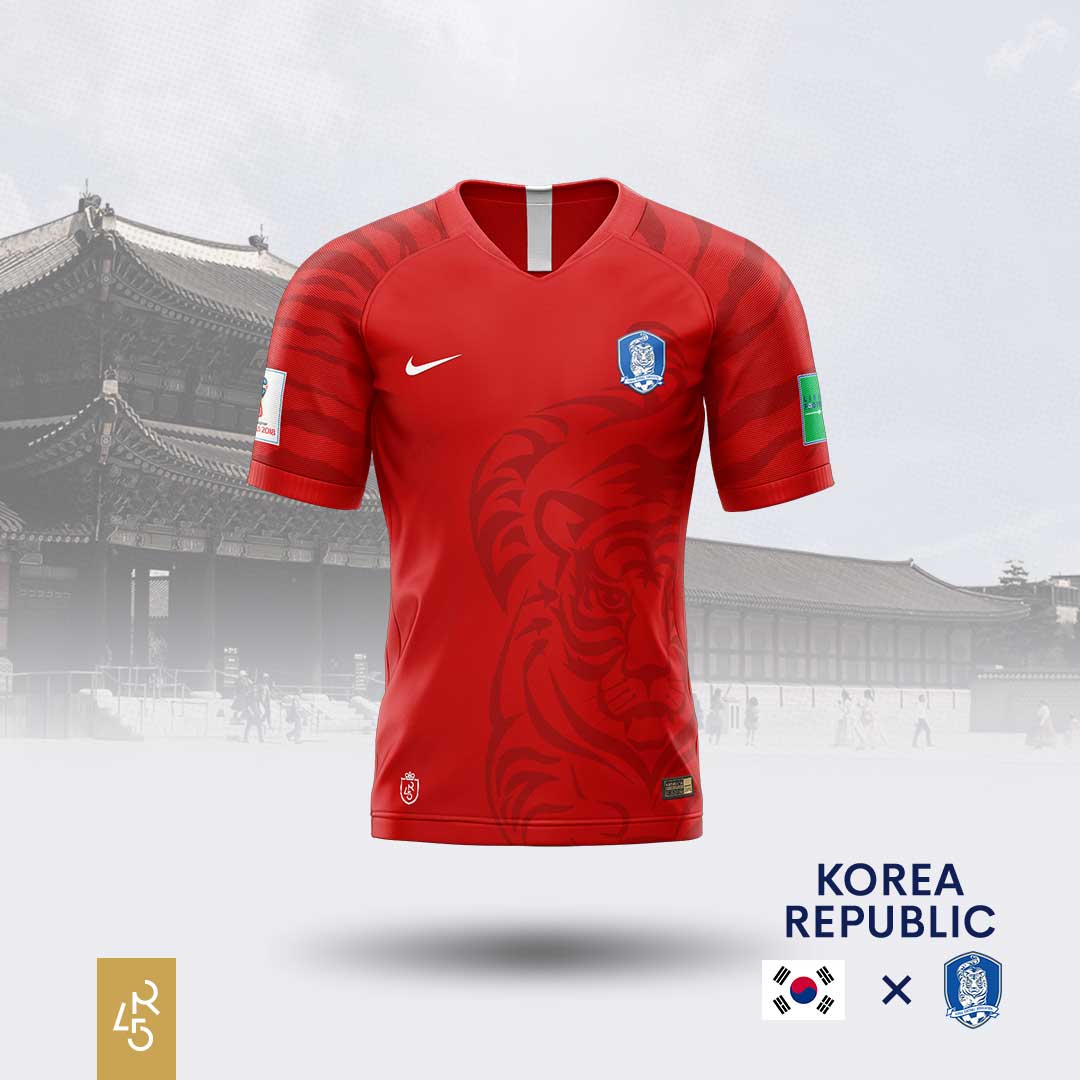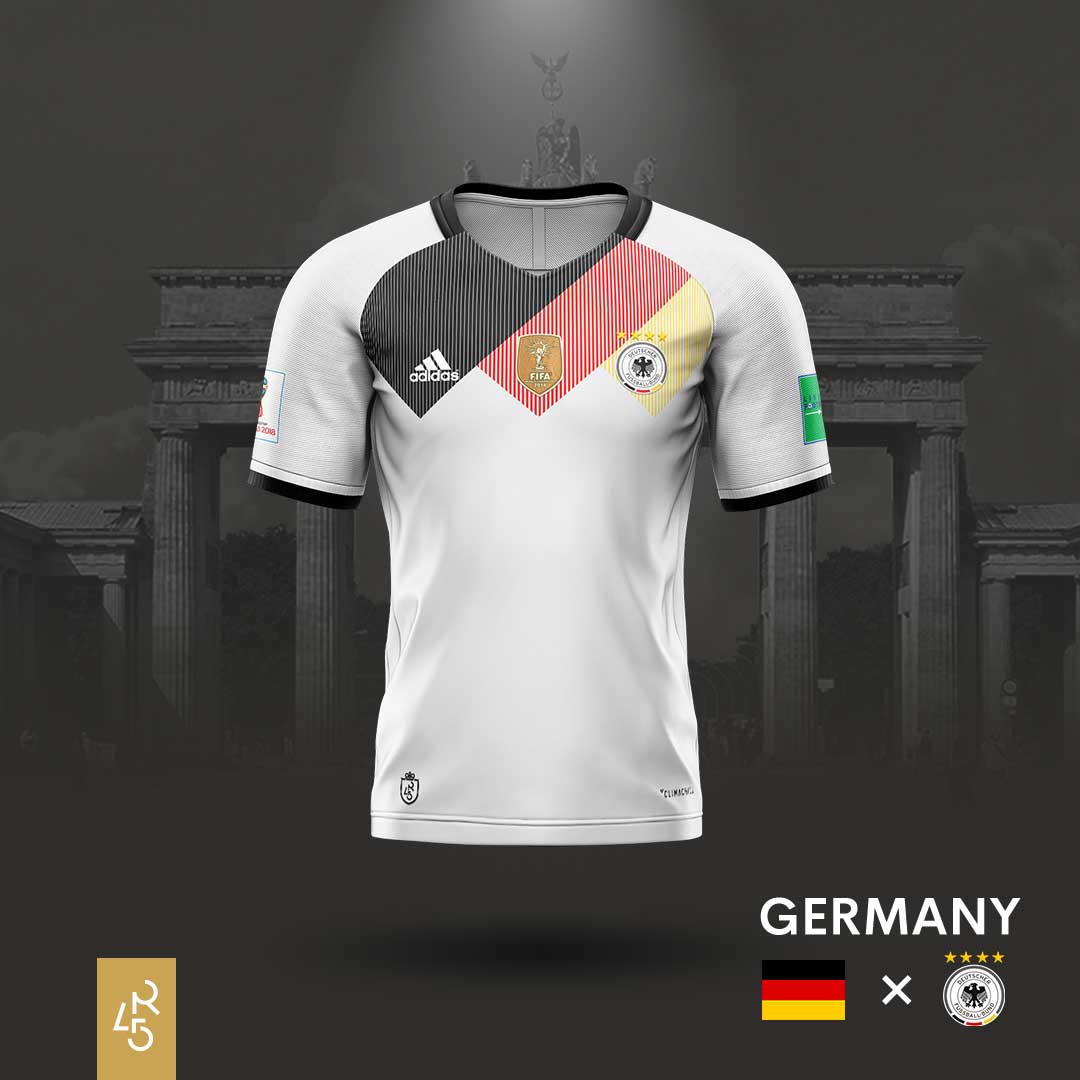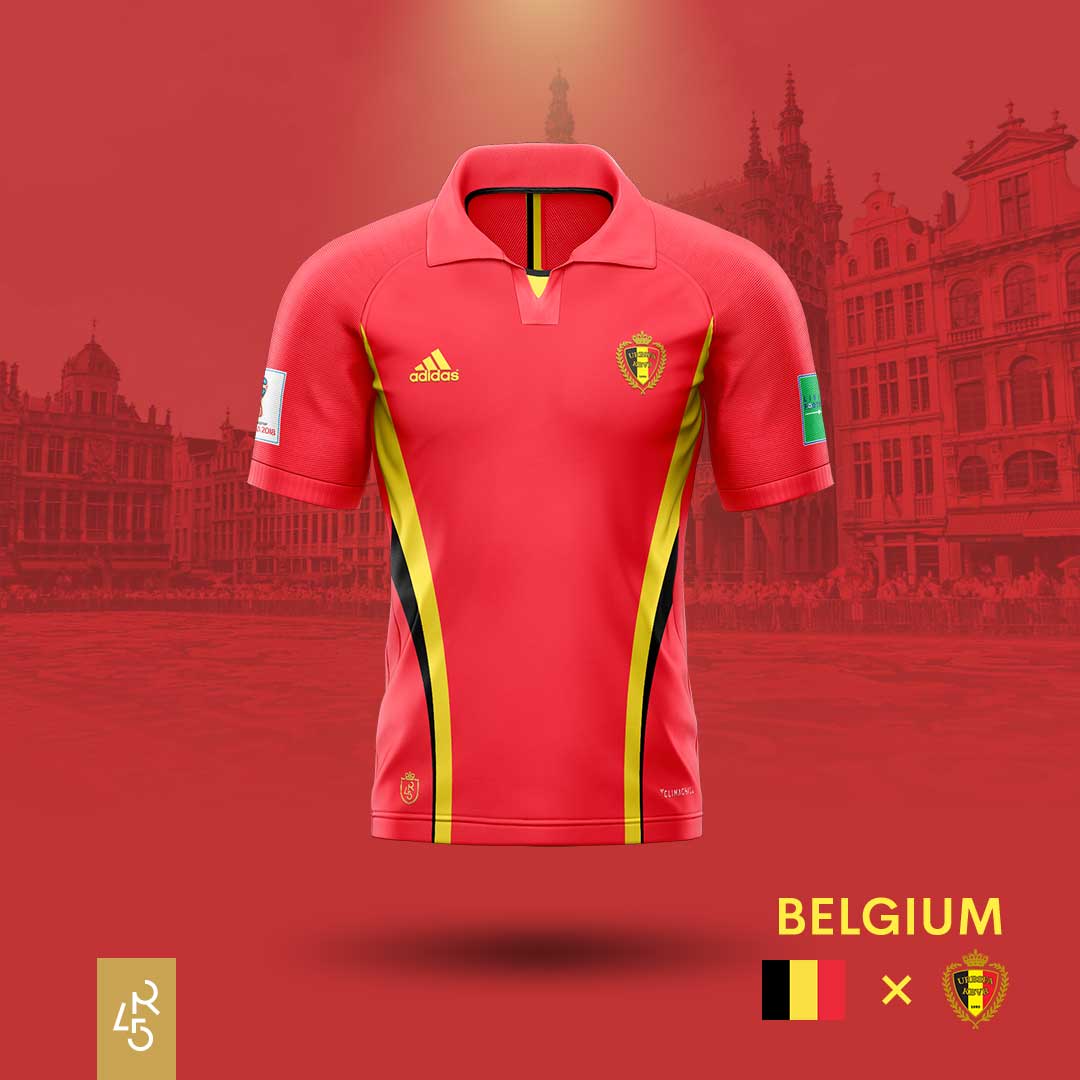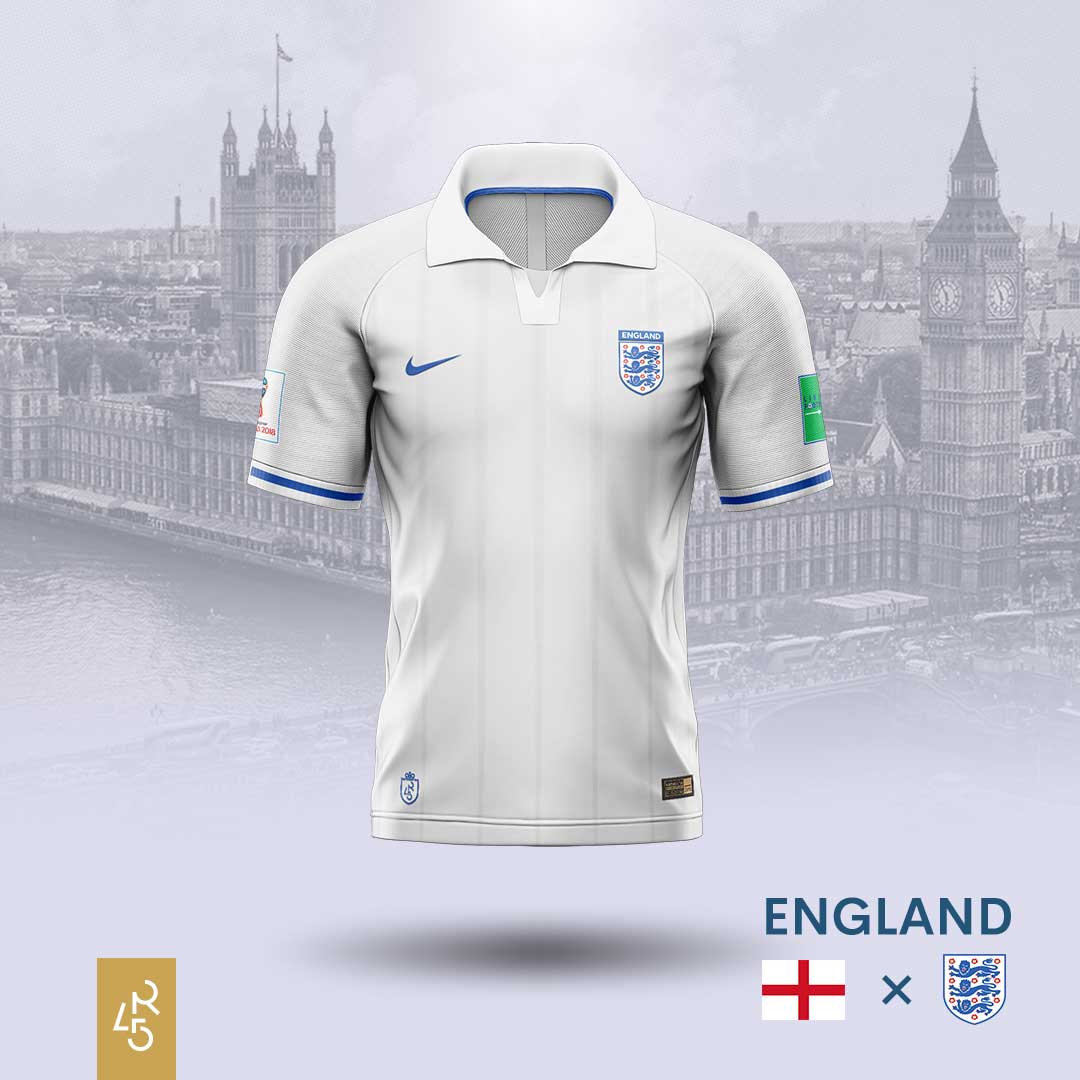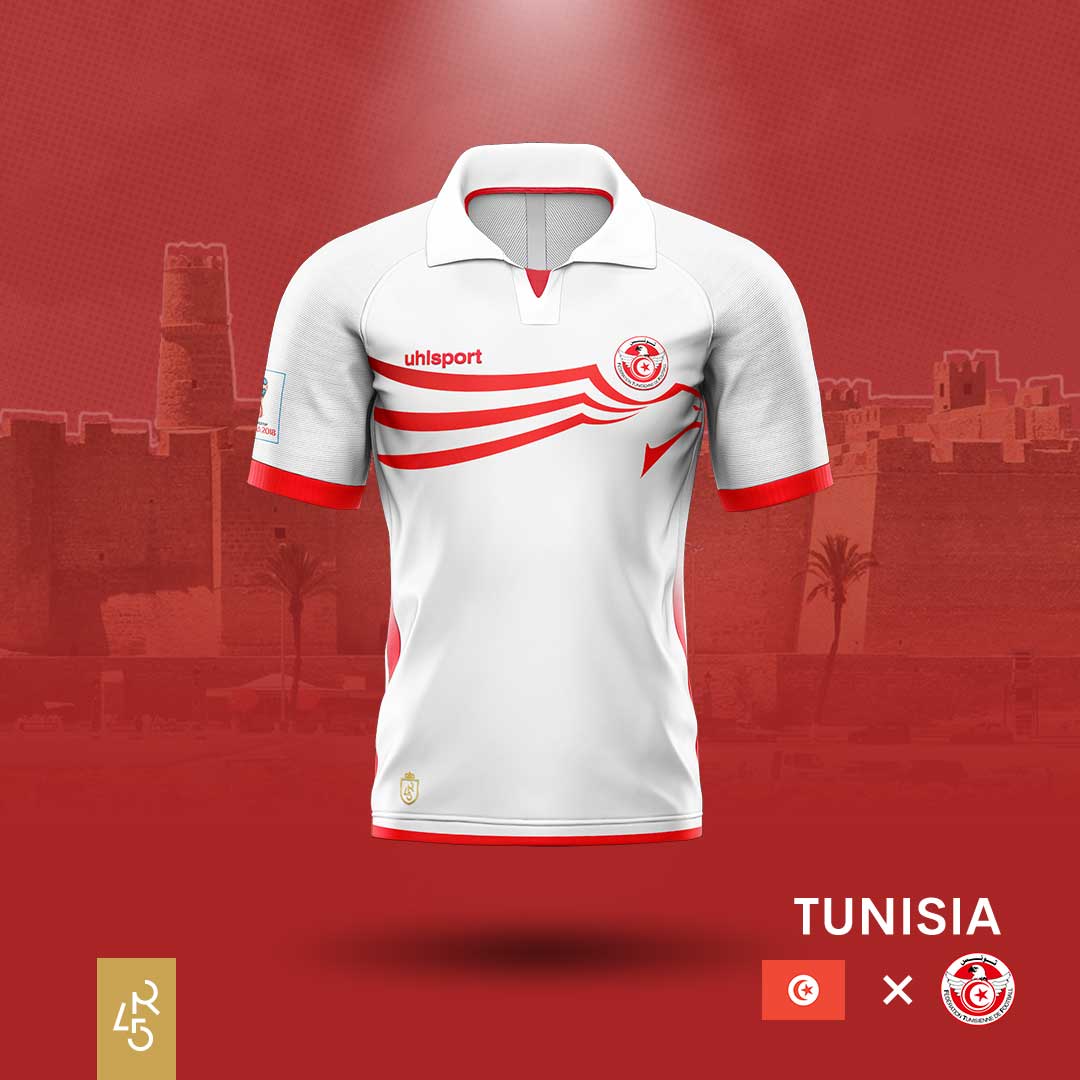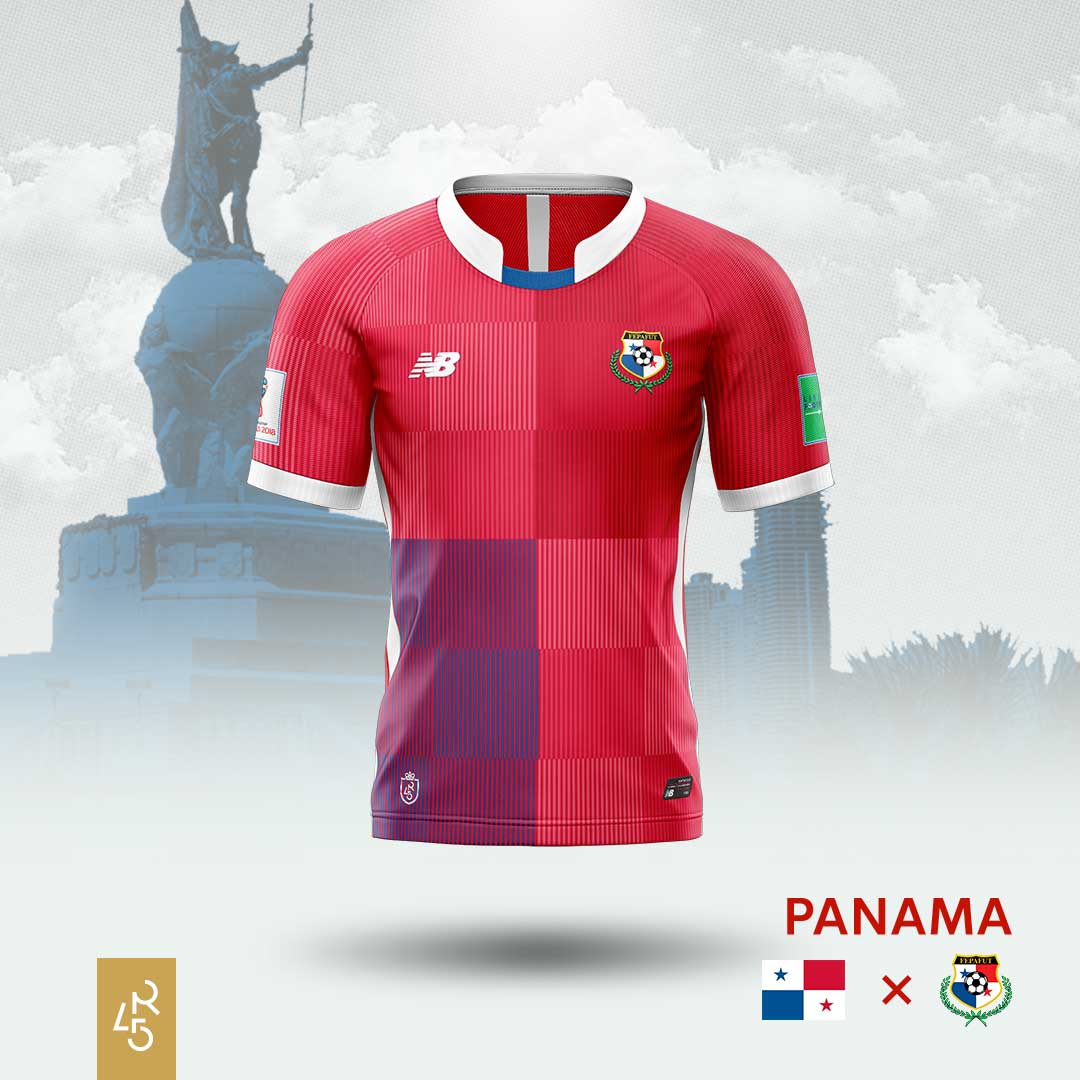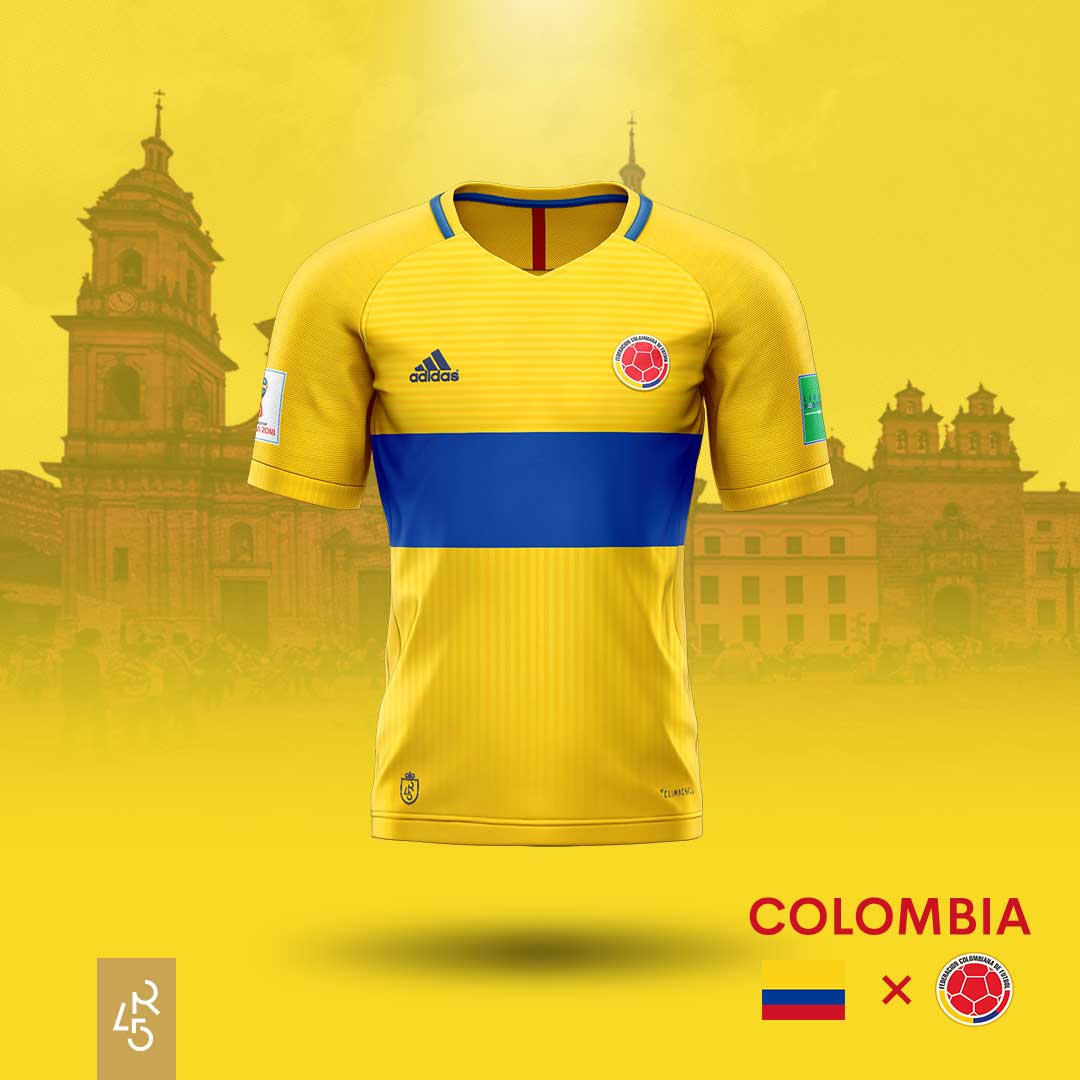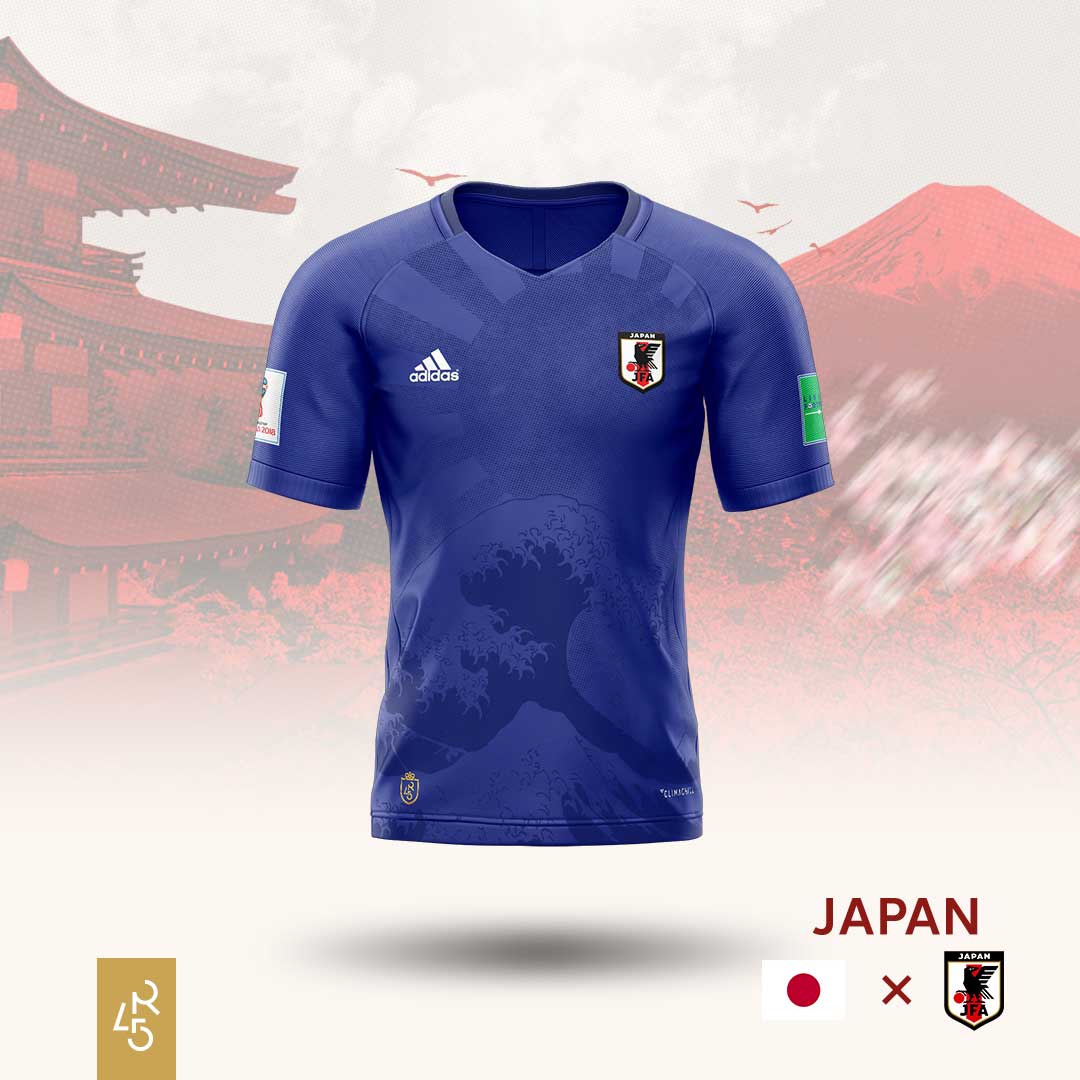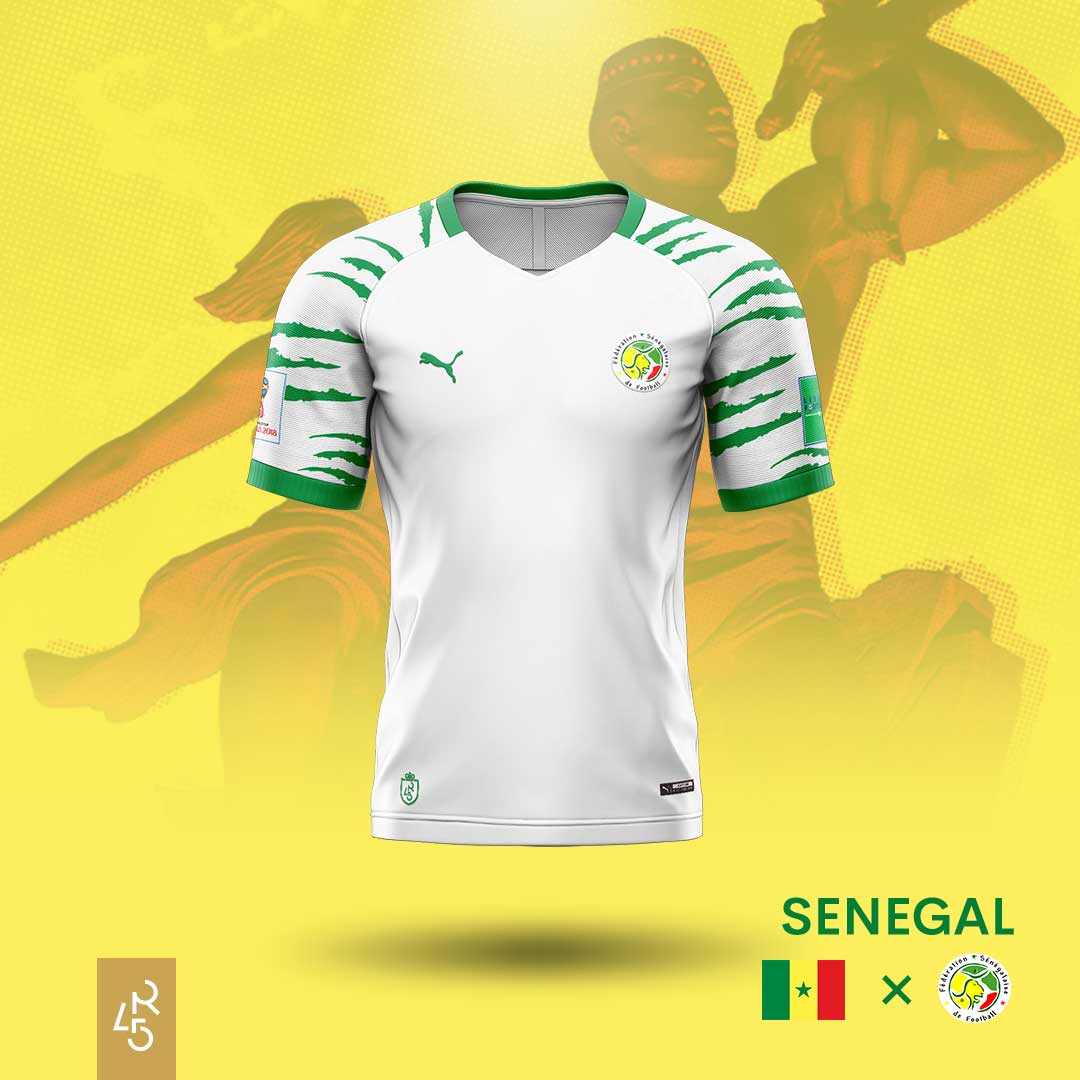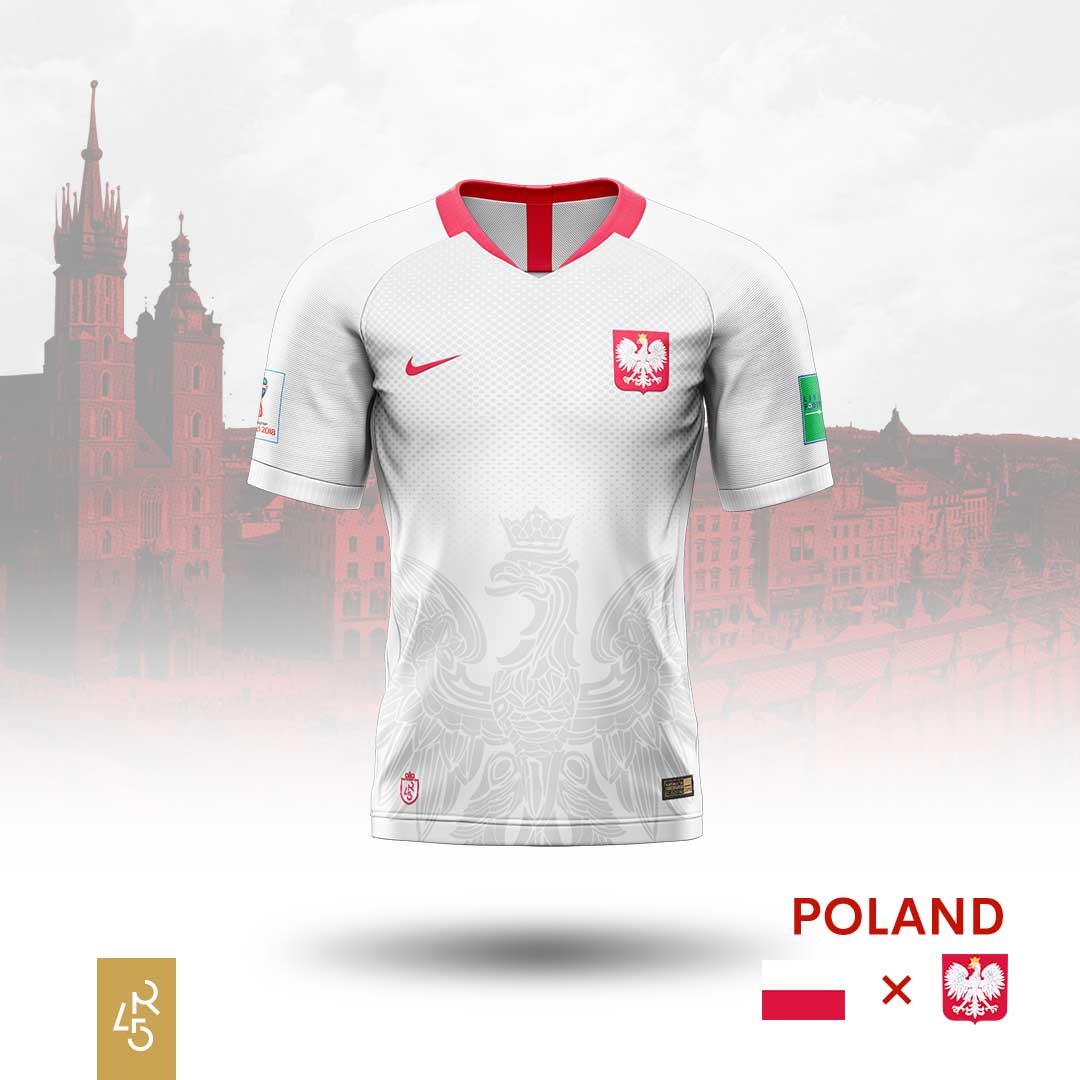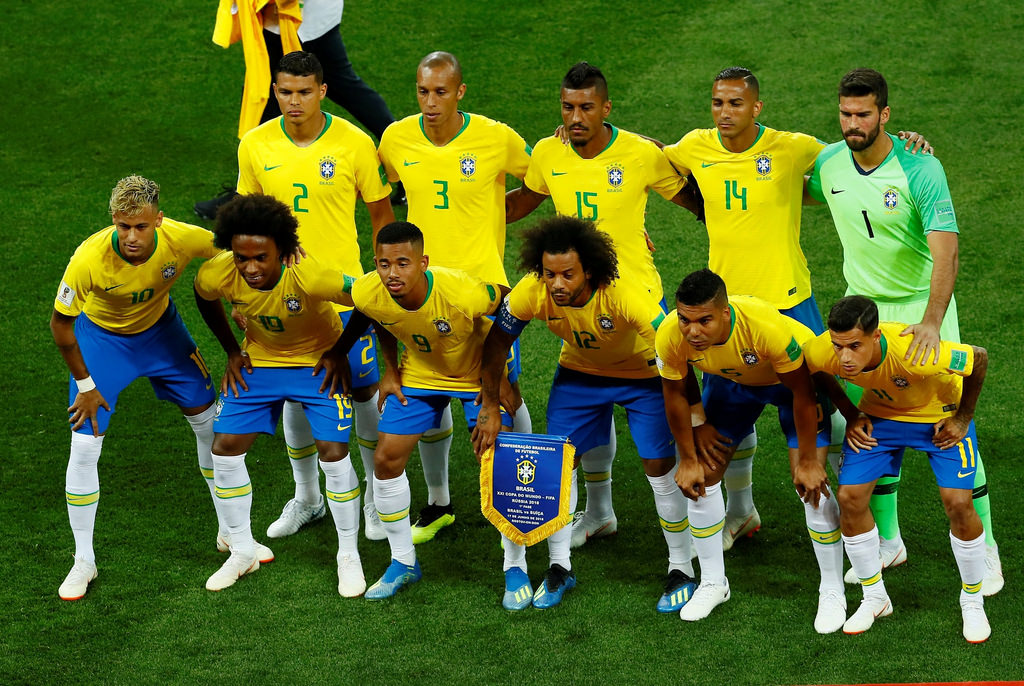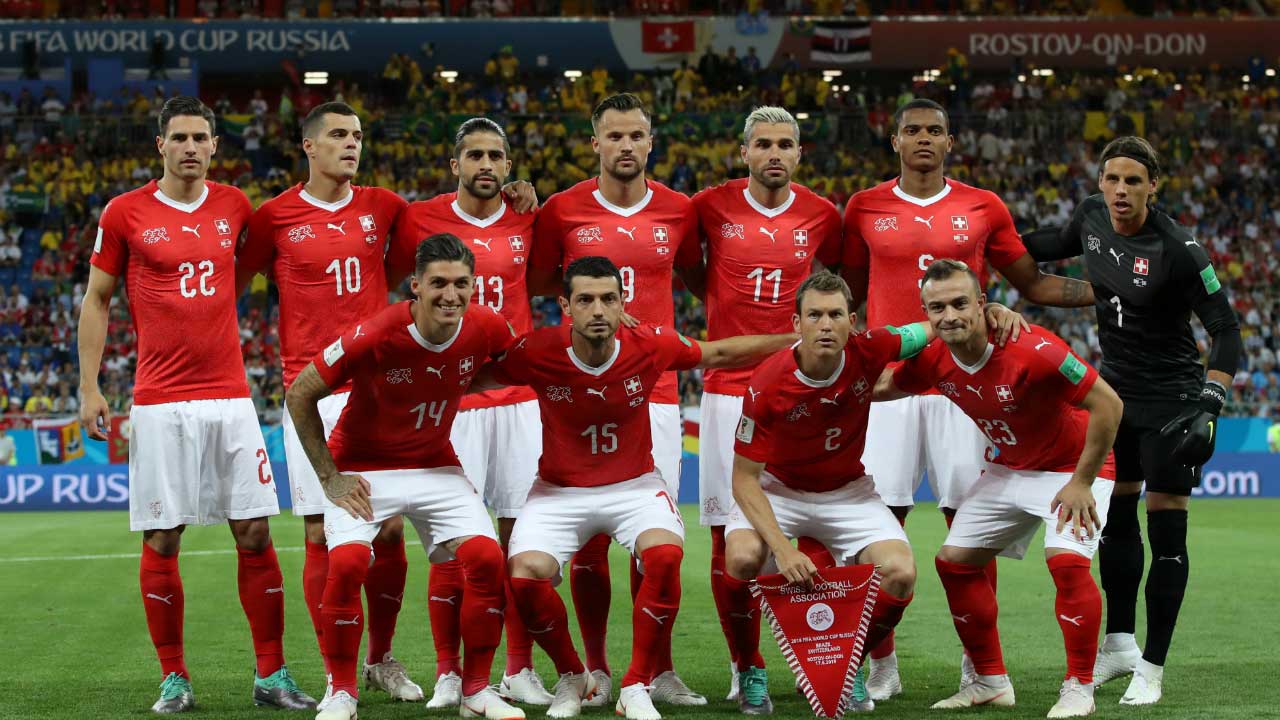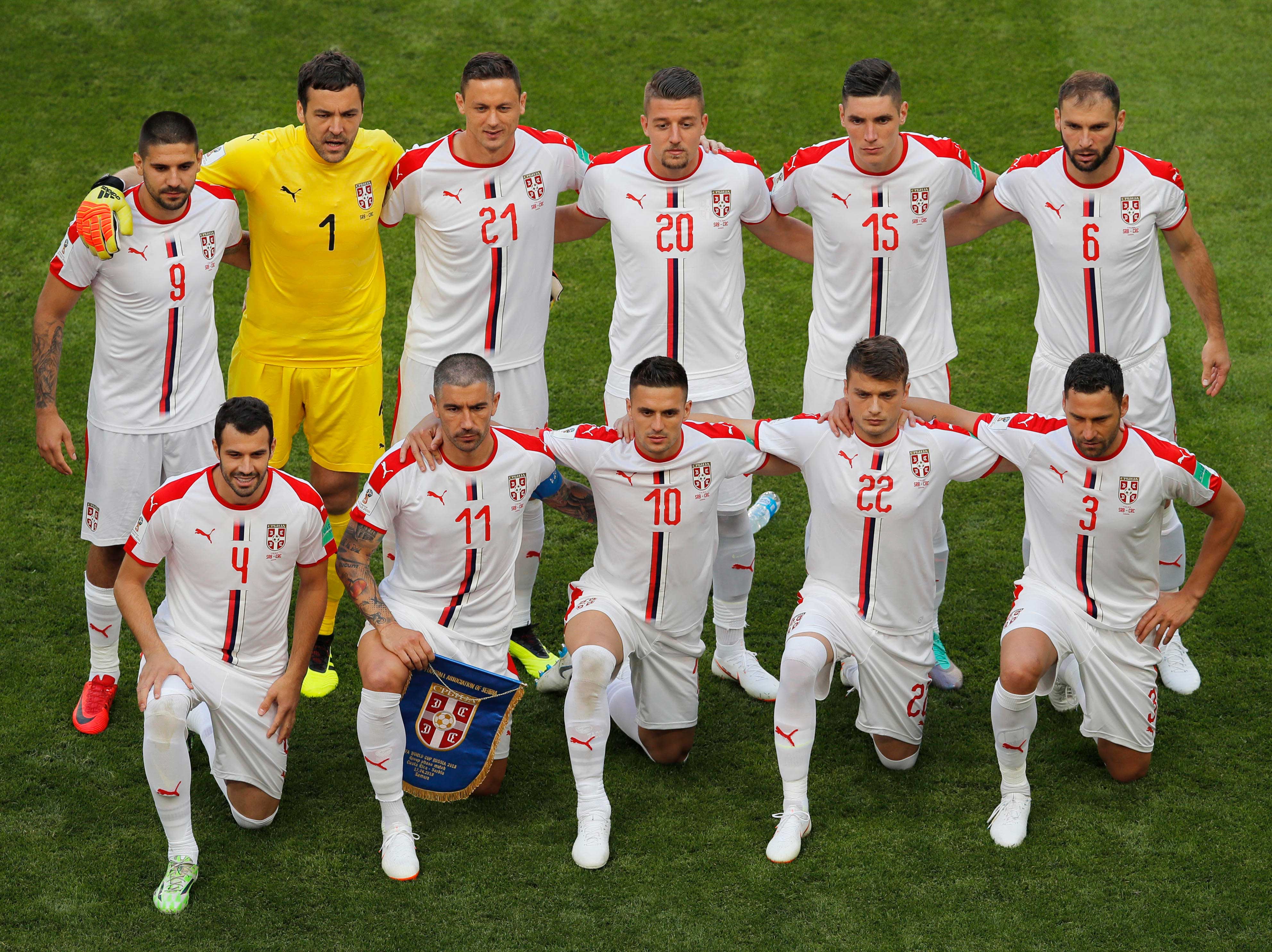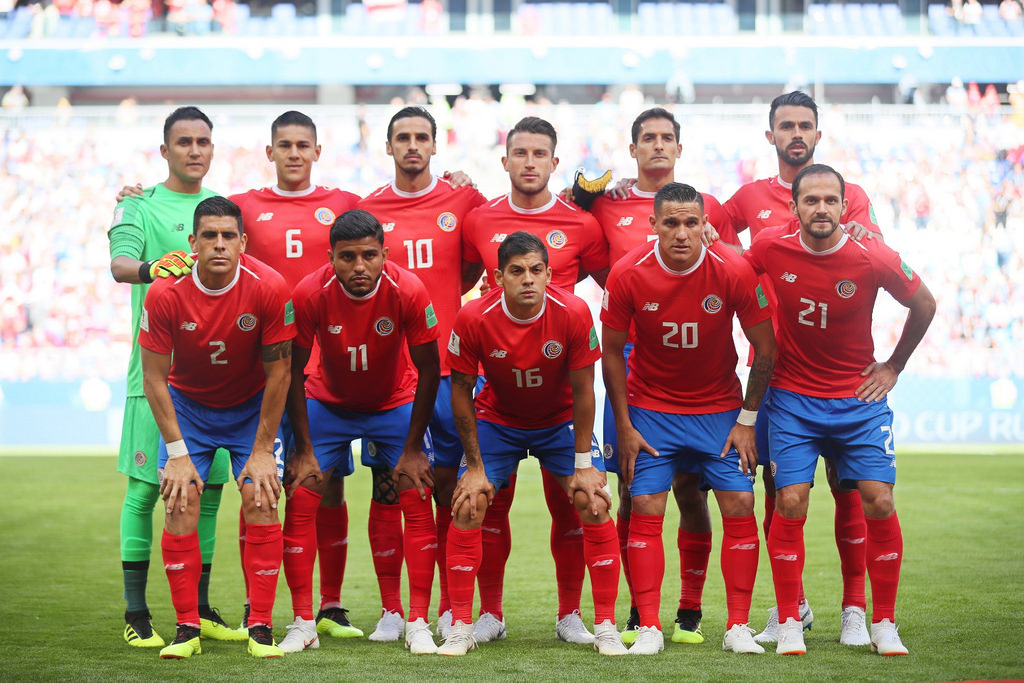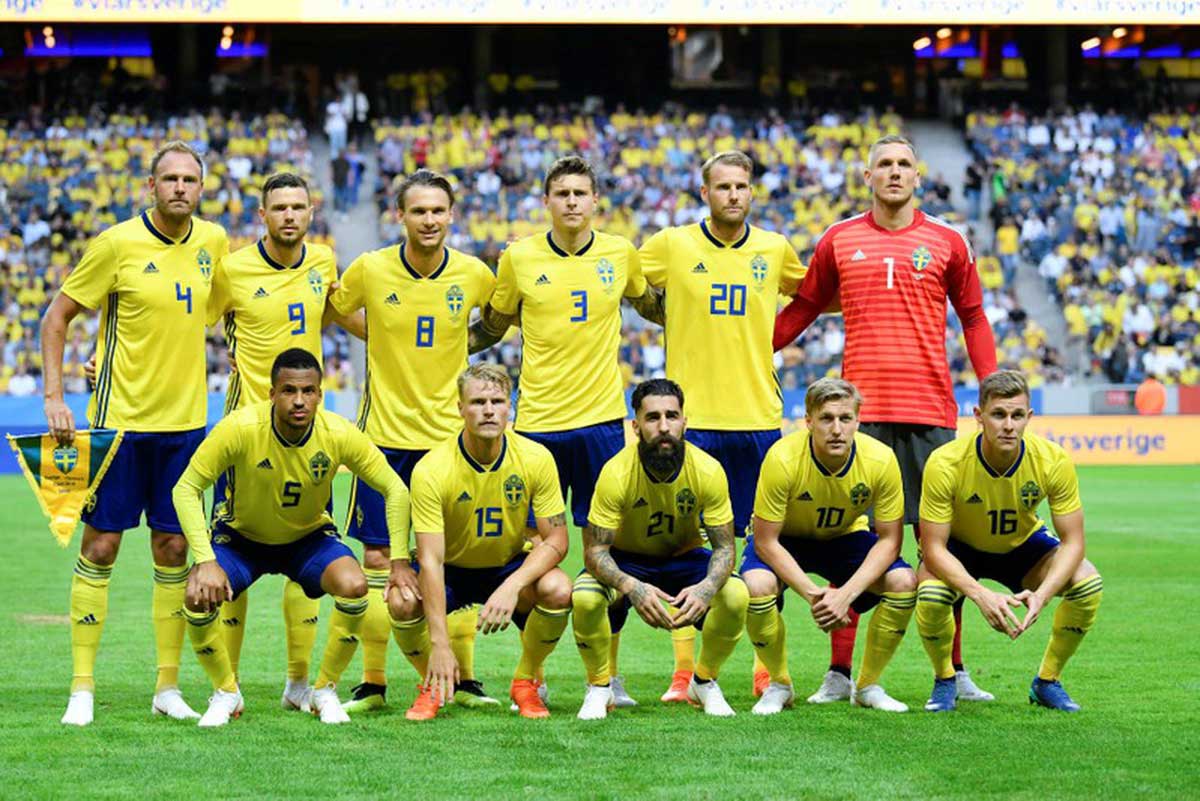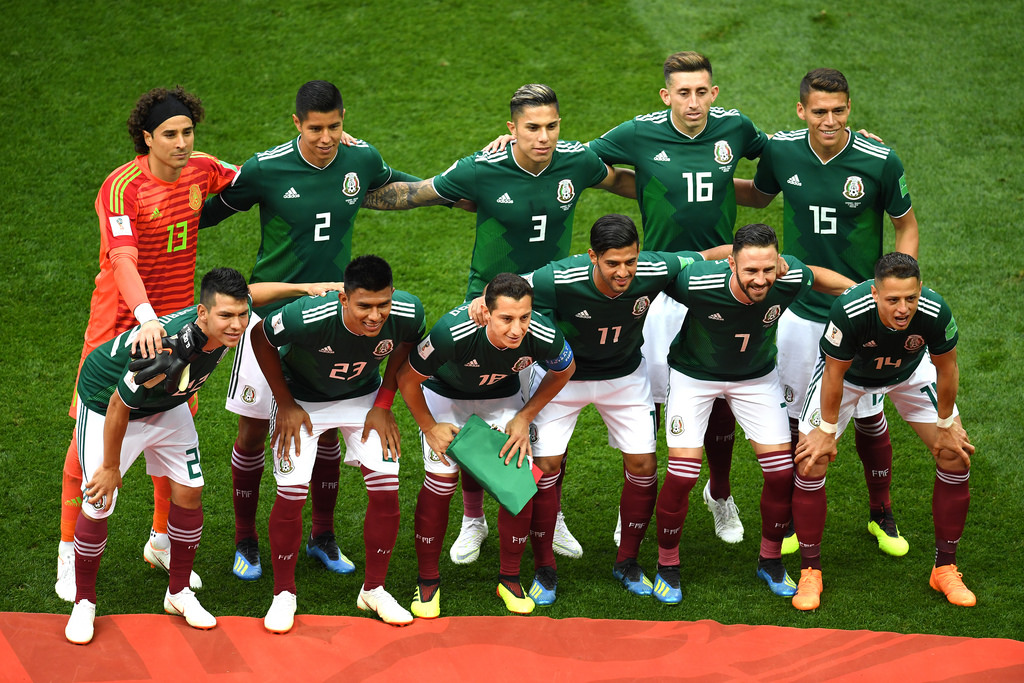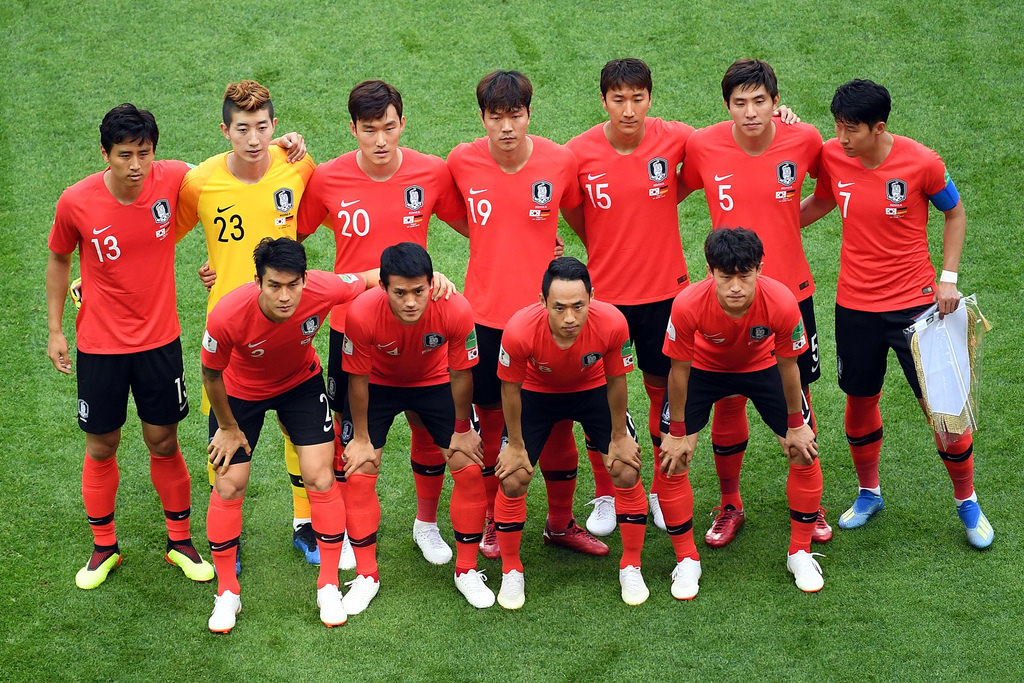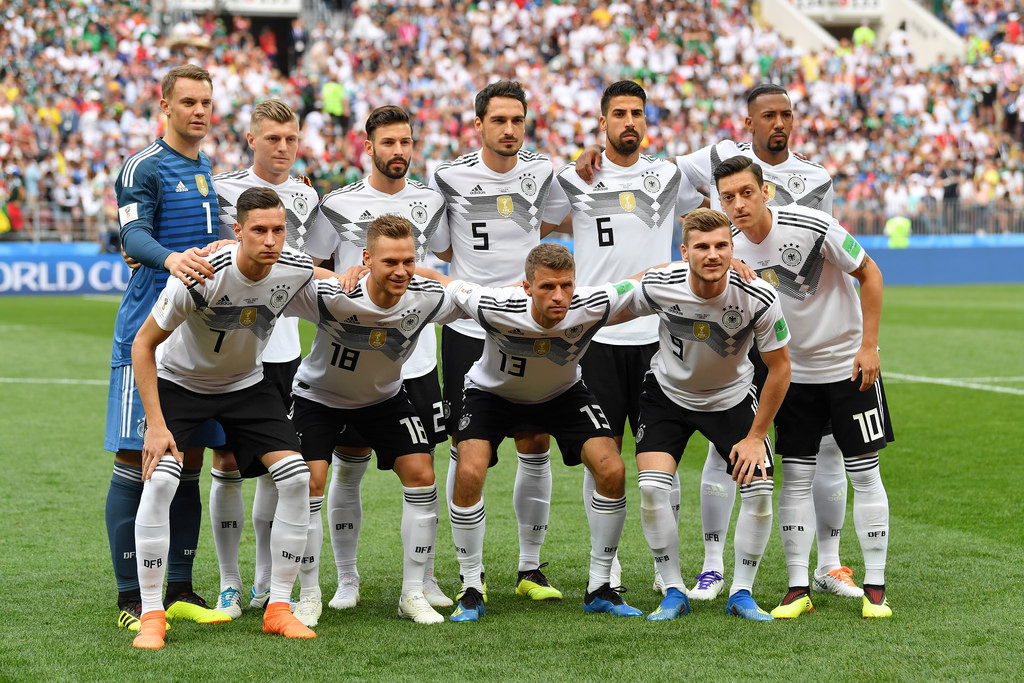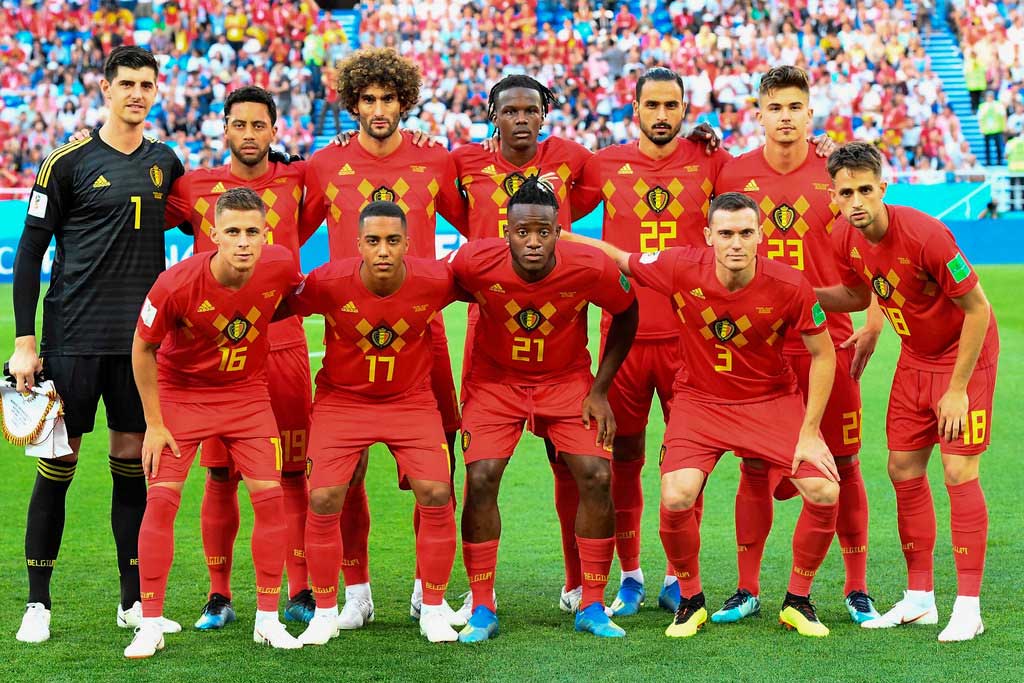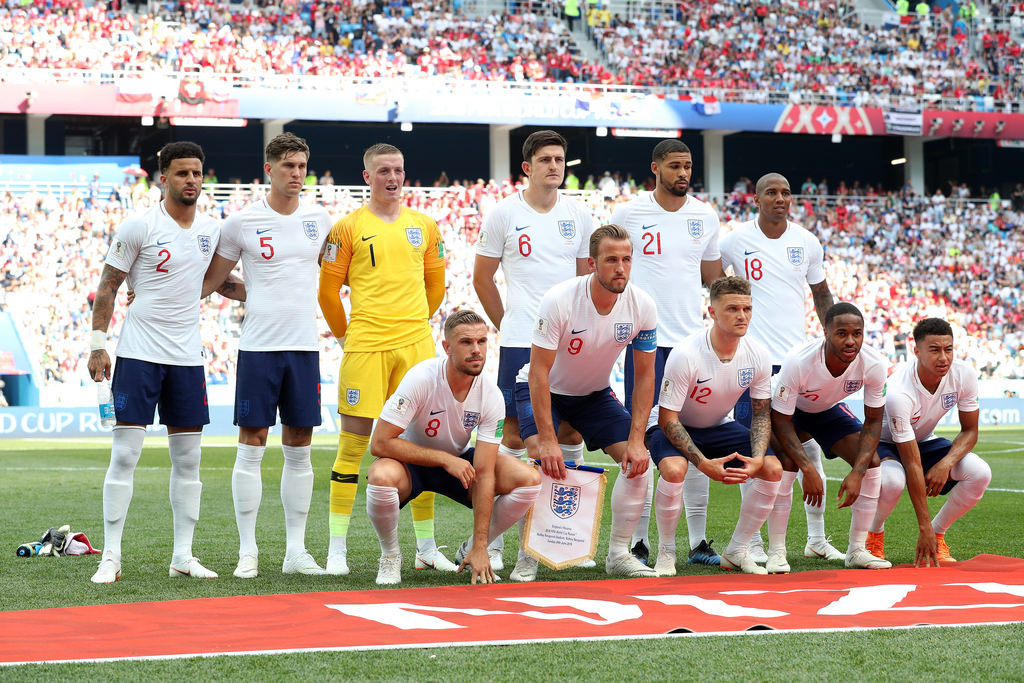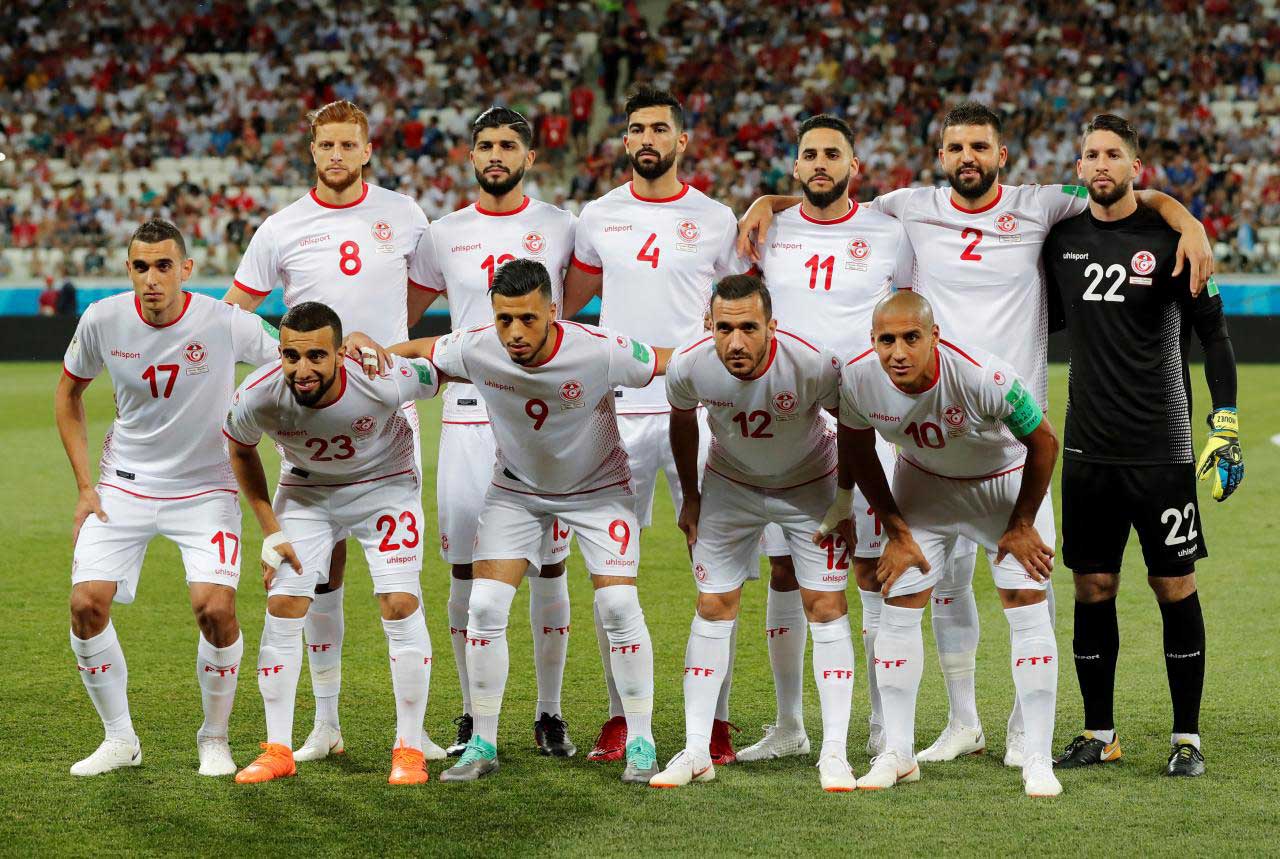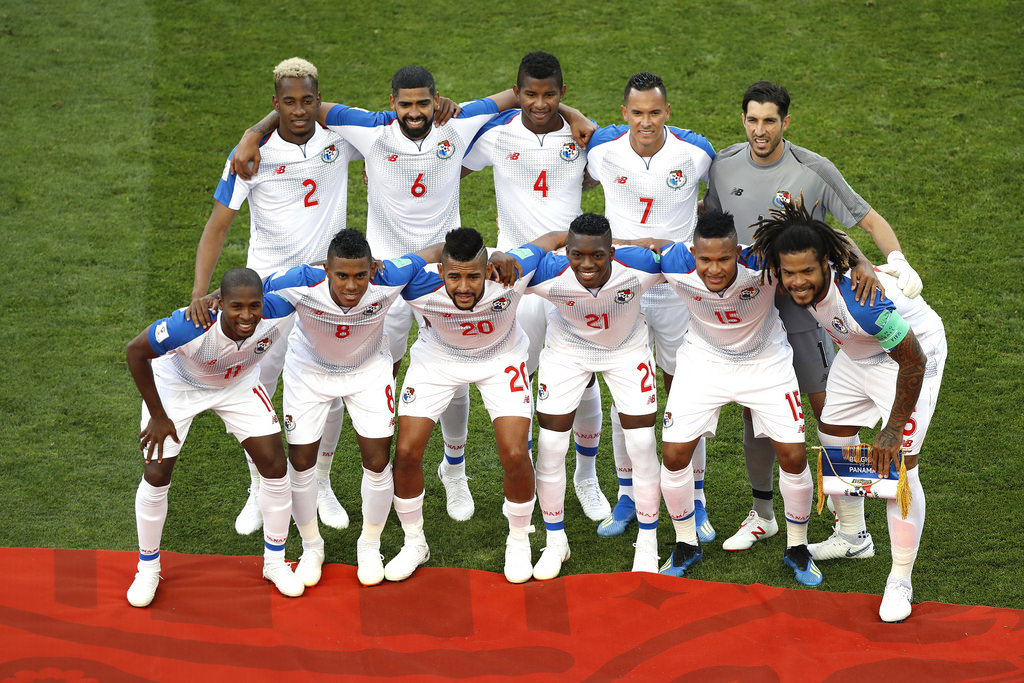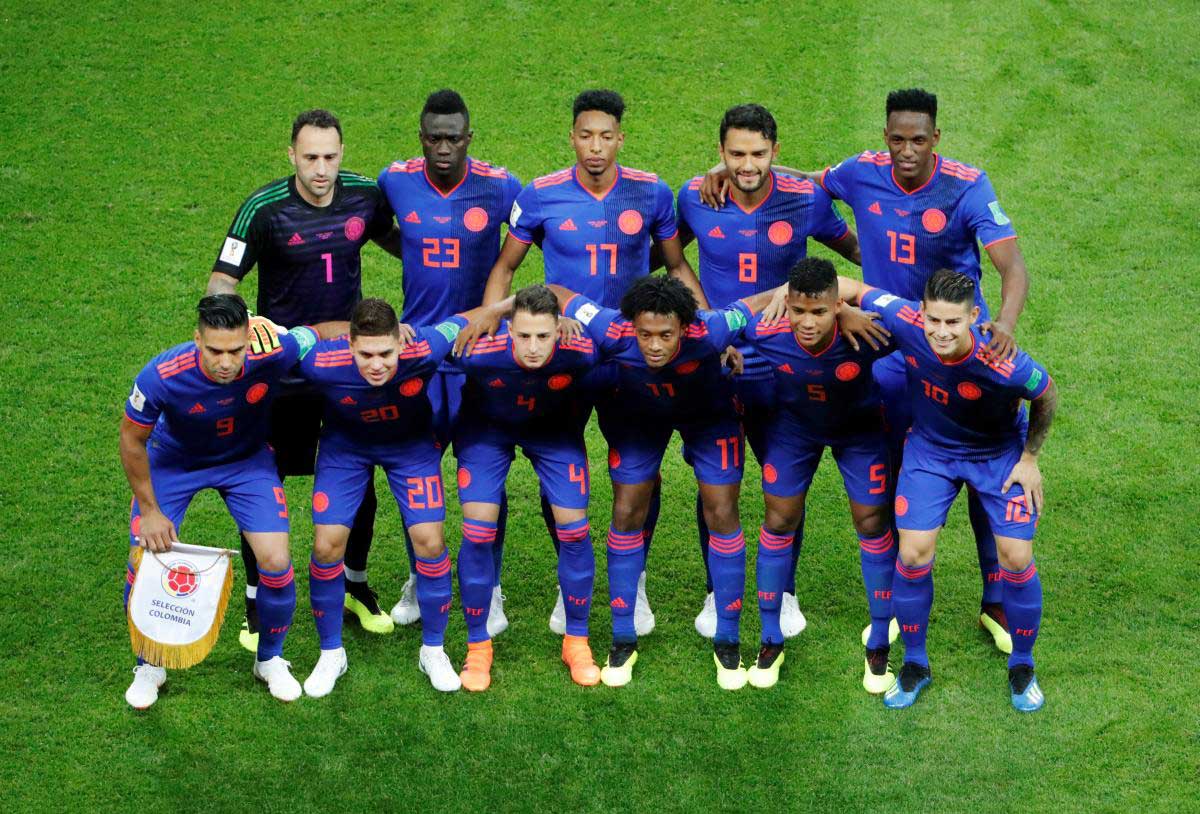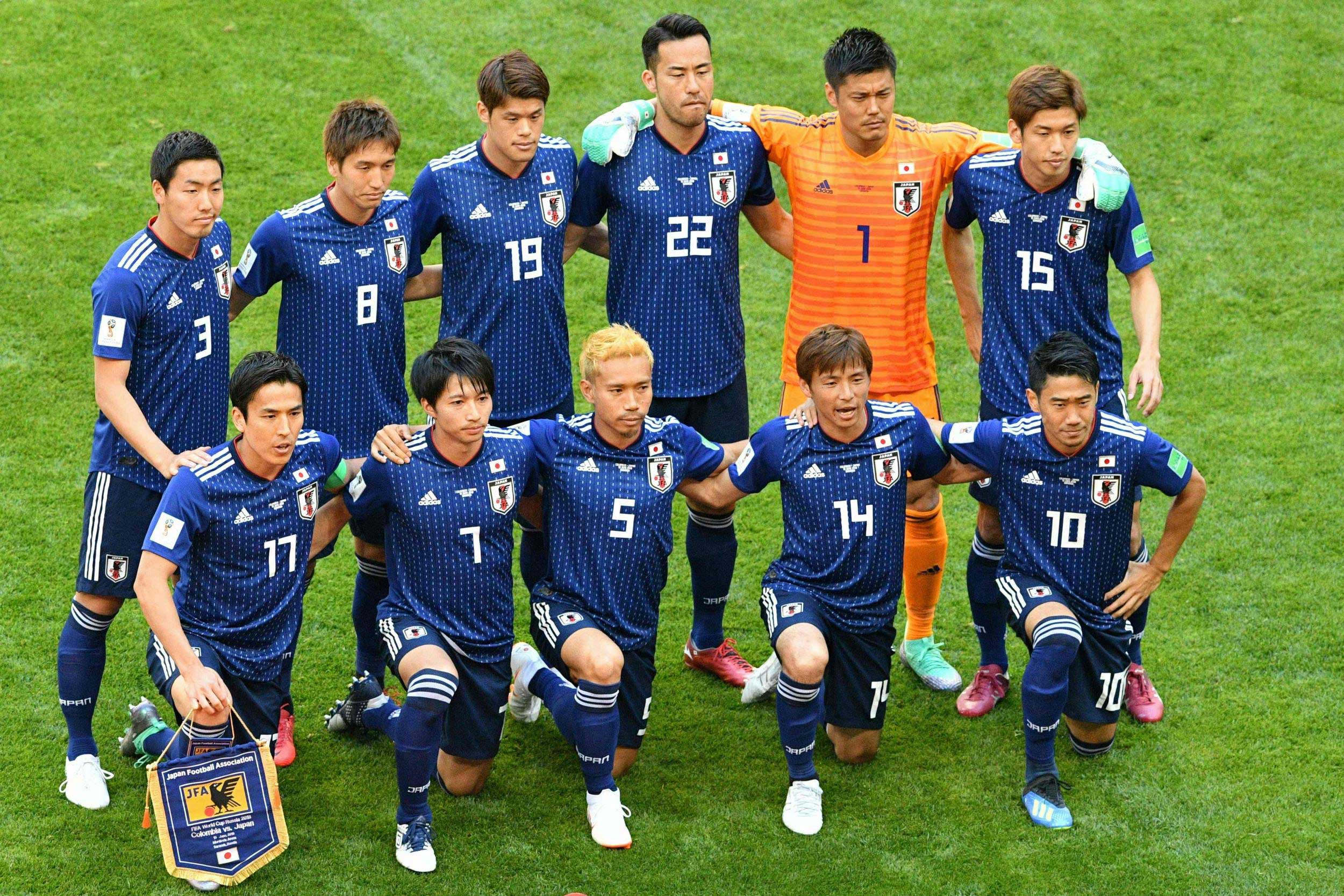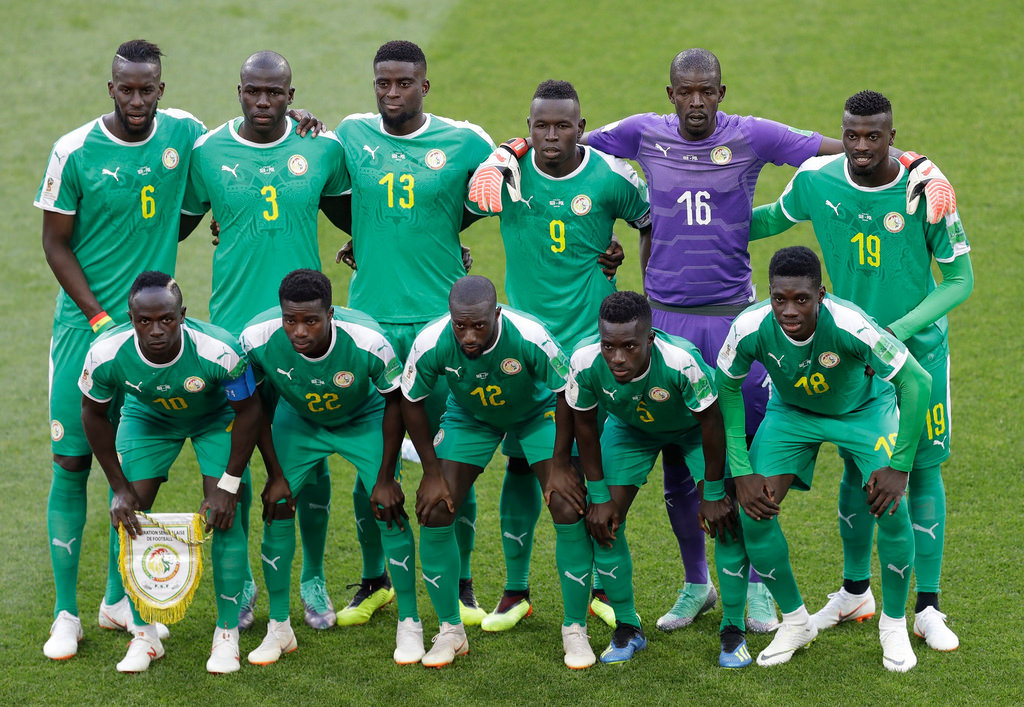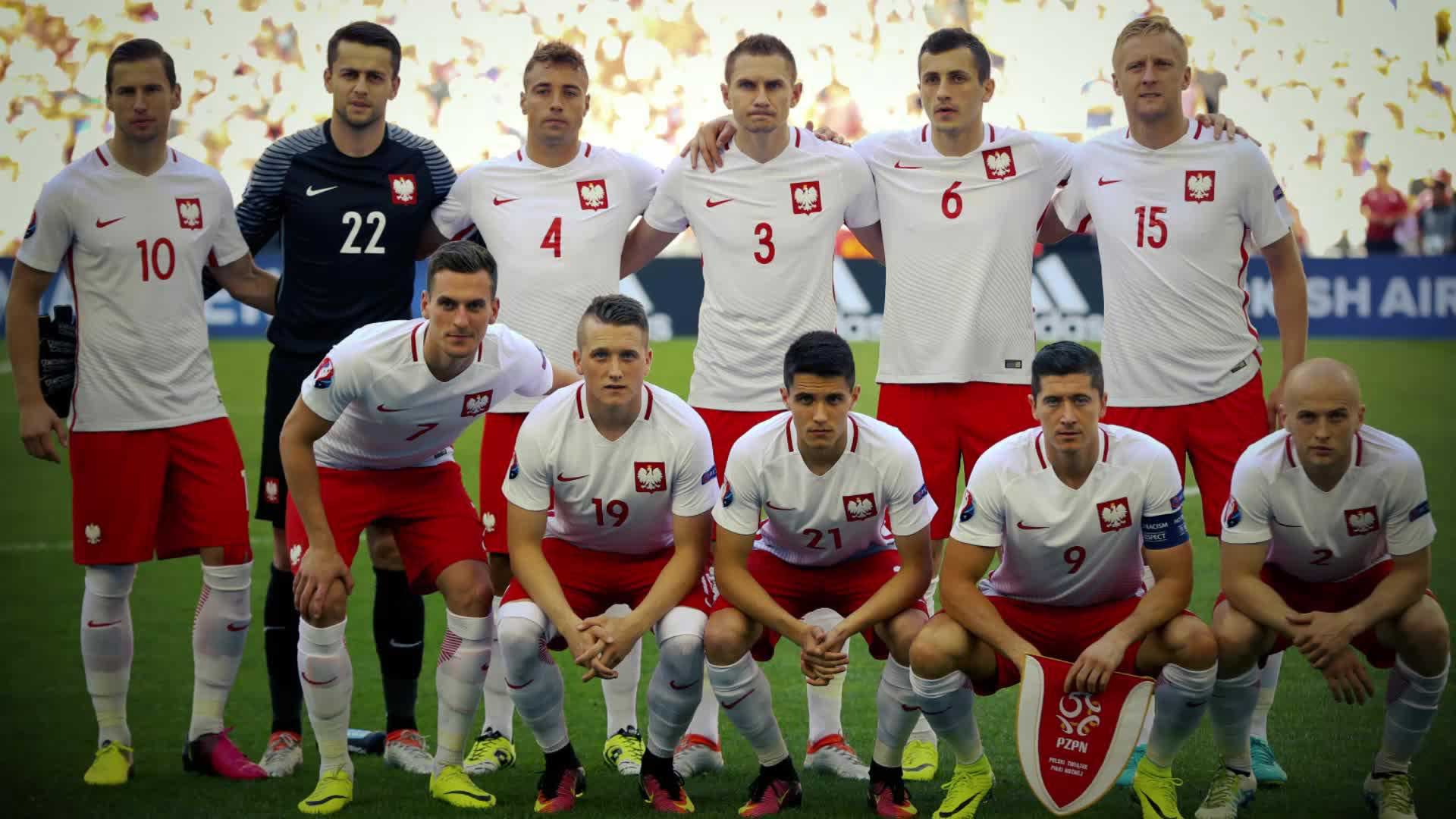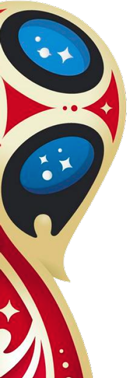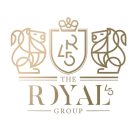Business - 2018 FIFA World Cup - Group EFGH
PART III - To Rank or Not to Rank, That is the Question
Exploring the business side of the 2018 FIFA World Cup
IInternational Football Business Institute & The Royal45 Group sharing the same vision went to explore the business side of the 2018 FIFA World Cup and thankfully to Martijn Ernest - Head of Research & Development alongside, Jos Verschueren (Mechelen, 1964) the Director Sports
Management at Vrije Universiteit Brussel - Faculty of Physical Education and Physiotherapy and Simon Van Kerckhoven (Mol, 1992) the manager of the program and entrepreneur in heart and soul here is a comprehensive business report about the 2018 FIFA World Cup in Russia.
-
Group E
The dominant factor in Group E will, undoubtedly, be Brazil. Neymar and friends will need to face Switzerland, Serbia and Costa Rica.
Apart from a great team, Brazil also stands out in terms of capacity of their national stadium. The legendary Maracanã Stadium, which hosted 7 games in the 2014 FIFA World Cup, can handle up to 78.838 fans.-
Nowadays, French multinational media conglomerate Lagardère operates the stadium, focusing more on non-football events like for example concerts or festivals. Unlike Brazil, Costa Rica’s national stadium is less hard to fill. The multi-purpose Estadio Nacional de Costa Rica fits 35.100 attendees and was used to host matches during the 2014 FIFA U-17 Women's World Cup, including the opening game, the third place match and the Final.
The stadium looks like a perfect fit for the Costa Ricans:
Privately owned by the Chinese Anhui Foreign Economic Construction group, modern, ready to host other non-football related events and almost full every home game, as an impressive average amount of 33.523 people visiting the games during the Qualifiers.-
The European contesters of Brazil and Costa Rica, Switzerland and Serbia both share their stadiums with domestic football clubs. Serbia’s home ground is the Rajko Mitić Stadium, home of Red Star Belgrade. Nicknamed Marakana, it hosted numerous international games, including European Cup Final in 1973 and UEFA’s European Championship Finals in 1976.
The Stade de Suisse Wankdorf is located in Bern and hosts, next to the games of the Swiss national team, all home games of BSC Young Boys.
The stadium was also used in the past by FC Thun for three Champions League home games in 2005, and for one home game in the UEFA Cup Round of 32 in 2006. Next to football players, some great artists already performed on the pitch: Bruce Springsteen, AC/DC, Clouseau, Depeche Mode and Muse -
Group F
Back to finance with South Korea, Mexico, Sweden and Germany. Being the coach of a national team is a great honor, and another benefit: the pay is not bad either.
Joachim Low is on top of the list of best paid national team managers. With 3.85 million EUR a year, he does significantly better than his colleagues in group F.With a remuneration exceeding 3 million EUR a year, the pressure is on. A problem his colleagues will not have. Altogether, the managers of South Korea, Mexico and Sweden earn 1.95 million EUR per year or just over 50% of the salary of 58 year old German’s manager.
-
Juan Carlos Osorio Arbeláez is the head coach of the Mexican national team. Earning 1.05 million EURO per year, he leaves a huge gap in between the first and second place in Group F.
As he rejected an offer from the Mexican Football Federation in March 2018 to extend his contract with the national team, we will need to wait until after the World Cup to find out whether his success will be able to bridge the salary gap. - South Korea and Sweden both finish last. Shin Tae-Yong and Janne Andersson earn reportedly 450.000 EUR per year. For Andersson and Tae-Yong, both former professional football players, it will be their first time on the World Cup stage. Will either Sweden or South Korea be able to get through the group stage and what will be the effect on the managers’ wages? We will find out soon.
-
Group G
Welcome to the group of the home country of IFBI, Belgium. The Belgian Red Devils will face England, Panama and Tunisia in attempting to secure the group’s first spot.When we take a look at the sponsors of Belgium, one brand sticks out; Belgium?!
Jupiler’s brewer, AB Inbev, has changed the name of its top-selling beer in Belgium, temporarily in honor of the World Cup.
The best-selling Belgian beer brand will change the design of 290 million Jupiler cans and bottles, this in order “to unify the country behind our colours”.Next to the name change, Jupiler came up with the WeAreBelgium-campaign. Starring amongst others Axel Witsel, Thibault Courtois, Romelu Lukaku, Eden Hazard and national team coach Roberto Martinez, with only one purpose; getting the Belgian fans ready for the World Cup.
Next to their partnership with Jupiler, the Belgian side also get support from Carrefour, BMW, ING, Besix, Coca-Cola, Ergo, GLS, Lotto, Luminus, Proximus, PwC, and of course Adidas.
No similar sponsorship activation done by the FA’s or main sponsors of England, Panama and Tunisia.
But, something is quite remarkable… -
… Supermarkets.
All teams in Group G enjoy the likes of different supermarket branches in their country.
In England, for example, Lidl is one the main sponsors of the English FA.
In 2017, both parties agreed on multimillion-pound deal for the German discount supermarket Lidl to become the official supermarket of England’s national team.
Next to that, Lidl will also become a grassroots partner of the English Football Association (The FA), the Football Association of Wales (FAW) and the Scottish Football Association (Scottish FA), financing professional coaching for children.
Next to England’s deal with Lidl and Belgium’s deal with Carrefour, also Panama and Tunisia found themselves a supermarket. Panama teamed up with El Rey and Tunisia looked at Belgium when partnering up with Carrefour.
No doubt, the players will get something decent to eat. -
Group H
Last but not least, we present to you Colombia, Japan, Poland and Senegal.
According to Nielsen, “linear broadcast remains the key platform for driving value for club commercial partners”. But, the global information, data and measurement company emphasizes as well that social media accounts for anything between 5-20% of total value generated for sponsors.
Therefore, it is crucial for football teams to promote themselves and their partners on different social media channels. It will be great to see what proportion of media value is generated through branded content during the 2018 World Cup and to assess how this figure compares with previous editions of this tournament.
One thing is for sure, we do not need to expect much from Senegal. With only a combined number of 91.317 followers on their social media pages, the Lions of Teranga are performing the poorest.
On the one hand, when analyzing all teams’ engagement on social media, the average amount of followers is … Clearly something Senegal can only dream about.
Yet, on the other side, the huge amount of attendances at the games during the qualifiers proves that you do not need to have a lot of followers on social media to fill up a stadium. -
Clearly, Senegal is not the best student in class. Looking at Colombia, asking for a masterclass on branding in social media, while waiting to play their first game, would not be a bad idea.
While the engagement on the social media pages of Japan is quite good, the total amount of followers still is on a low. In a country of 127 million people a total amount of followers on the traditional social media channels of 656.635 is not great. Yet, we may not merely focus ourselves on Facebook, Twitter, Instagram and YouTube. In Japan, the homegrown platform Line is by far the most popular.
Poland is not scoring badly on our football business score cards. Loyal fans in terms of going to the stadium and supporting their national team, but similar to Japan on social media it could be better: 1.6 million followers on almost 38 million inhabitants.
Come on Poland, hit that like button.

